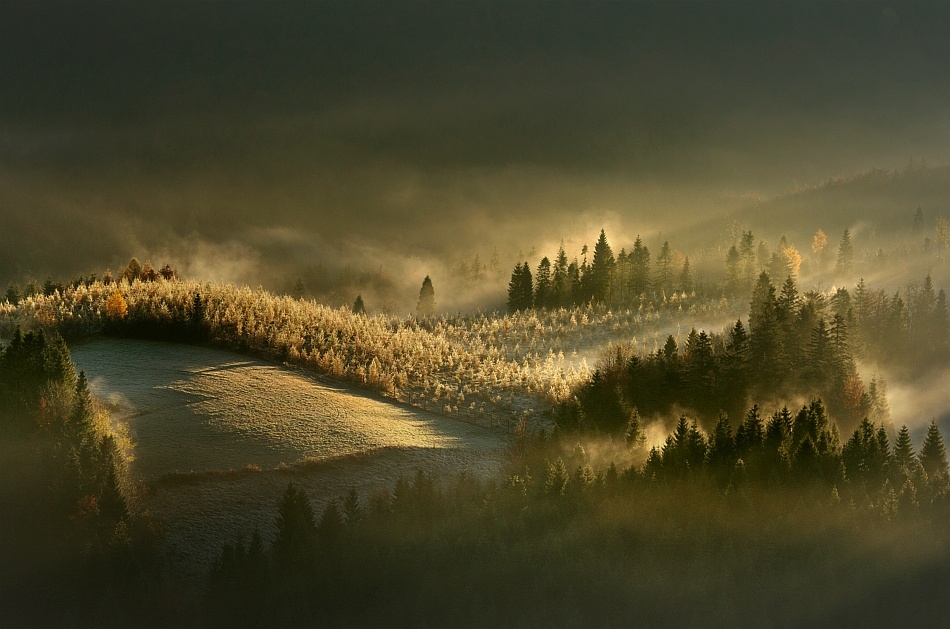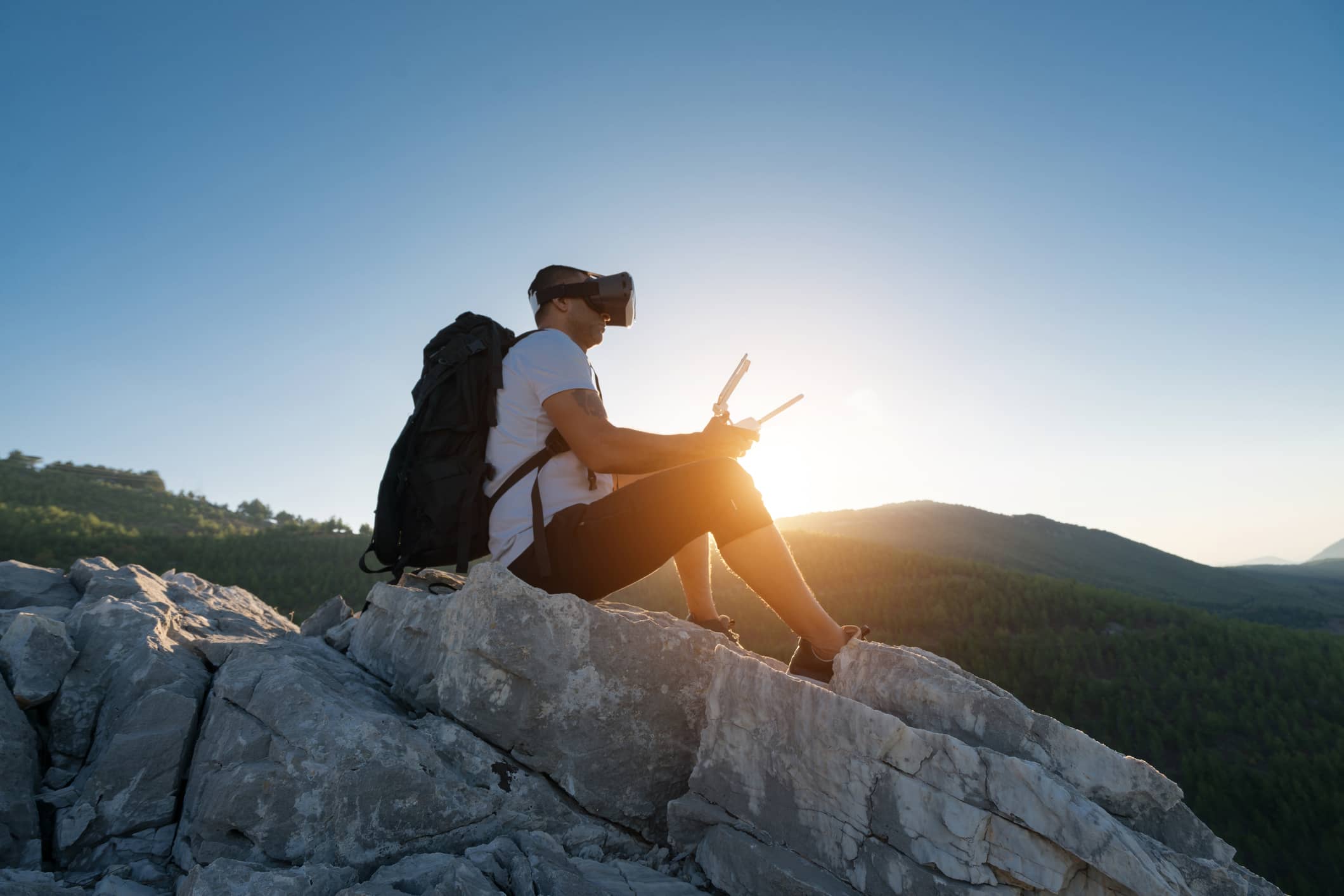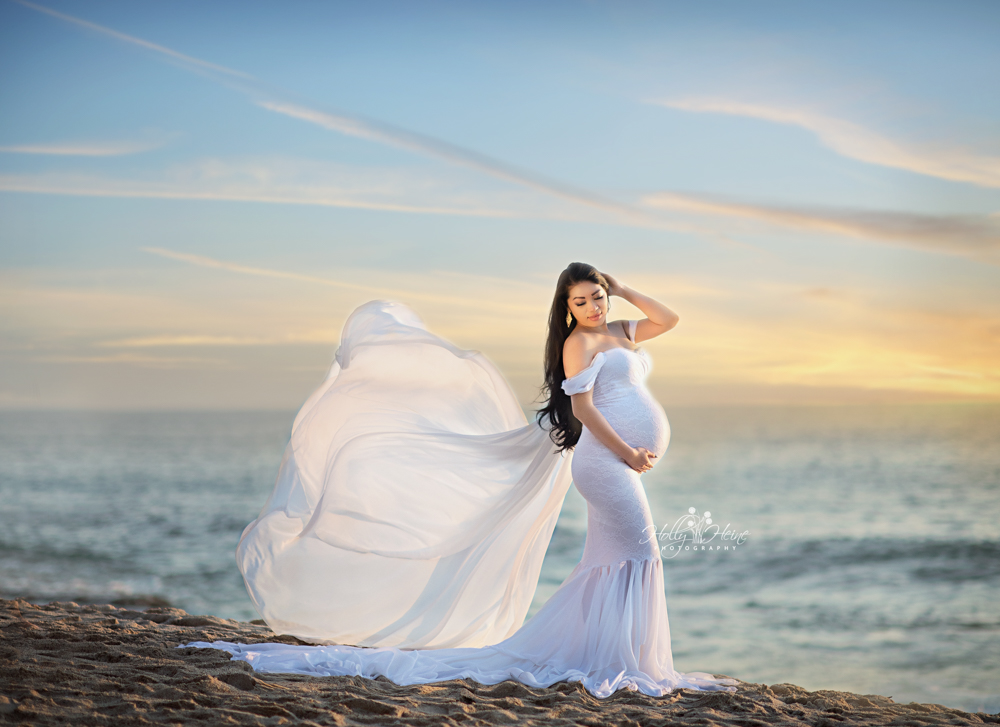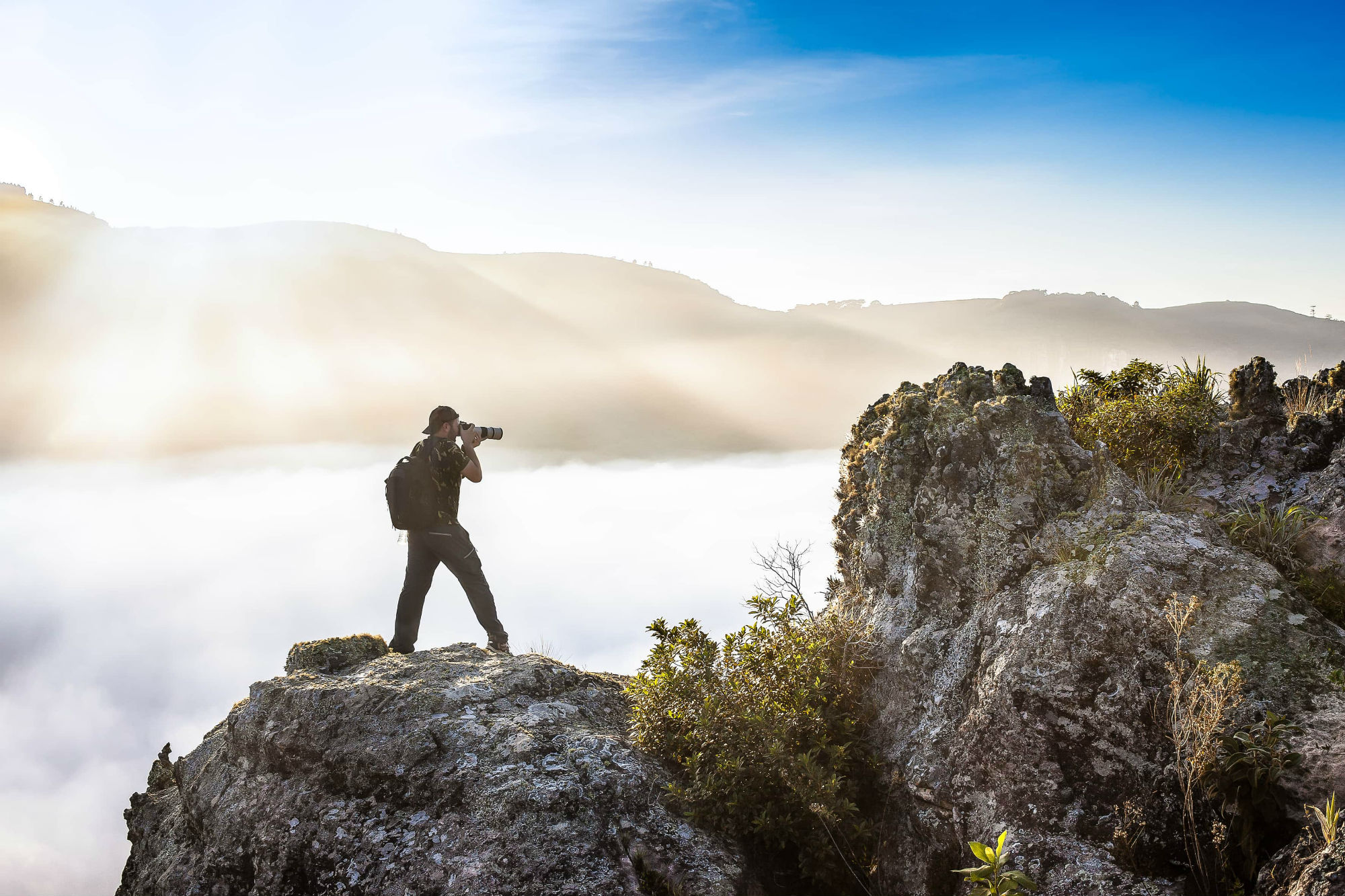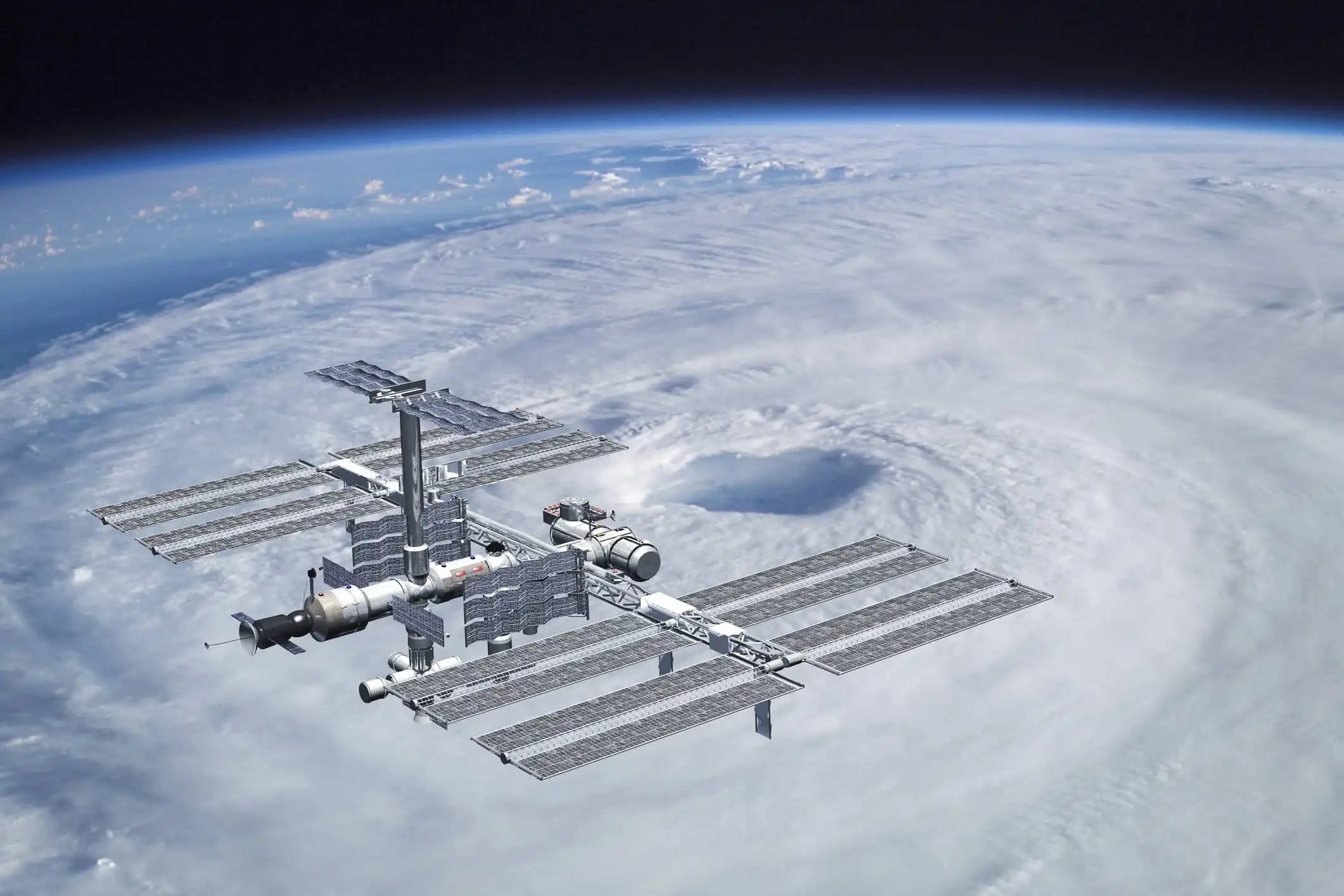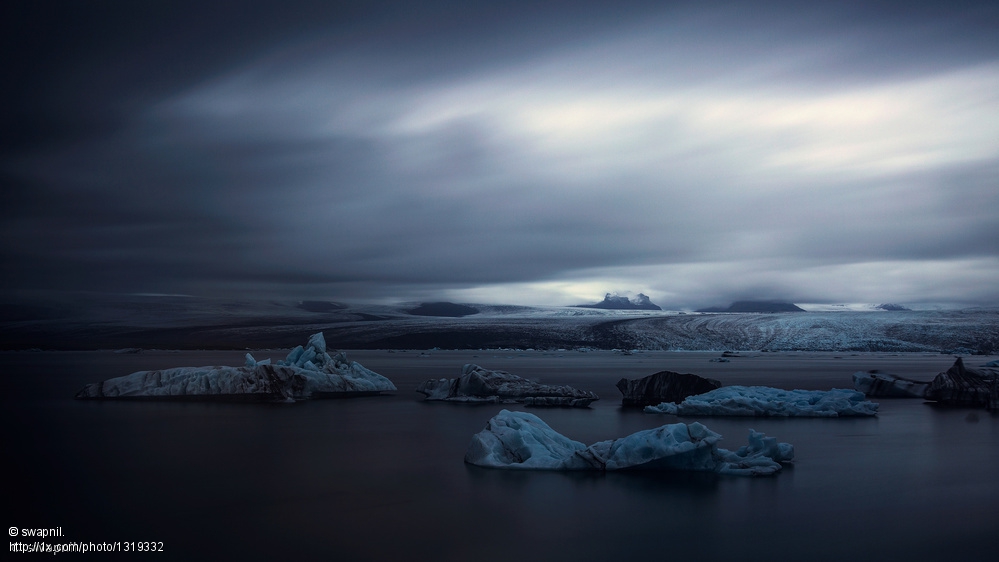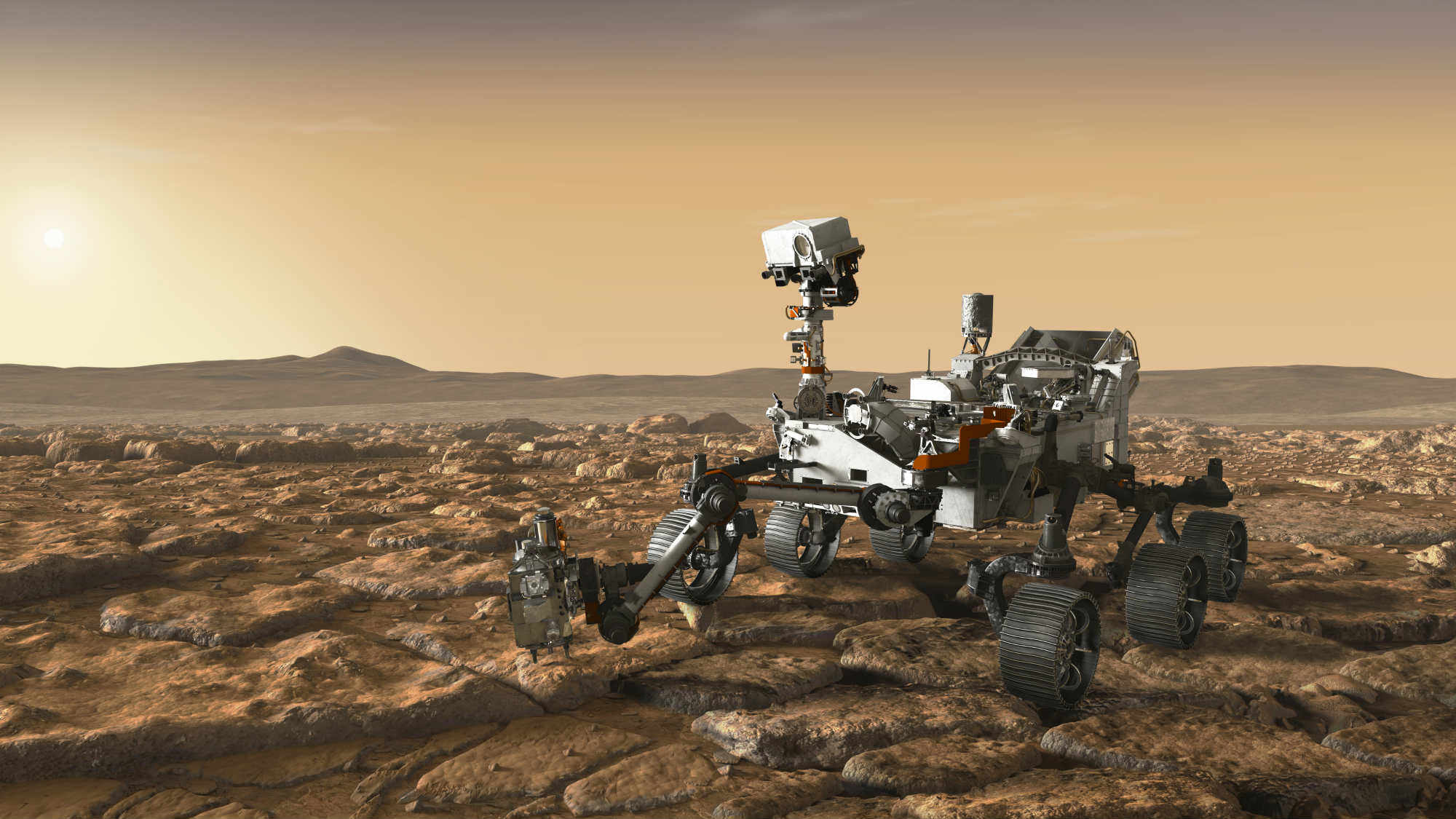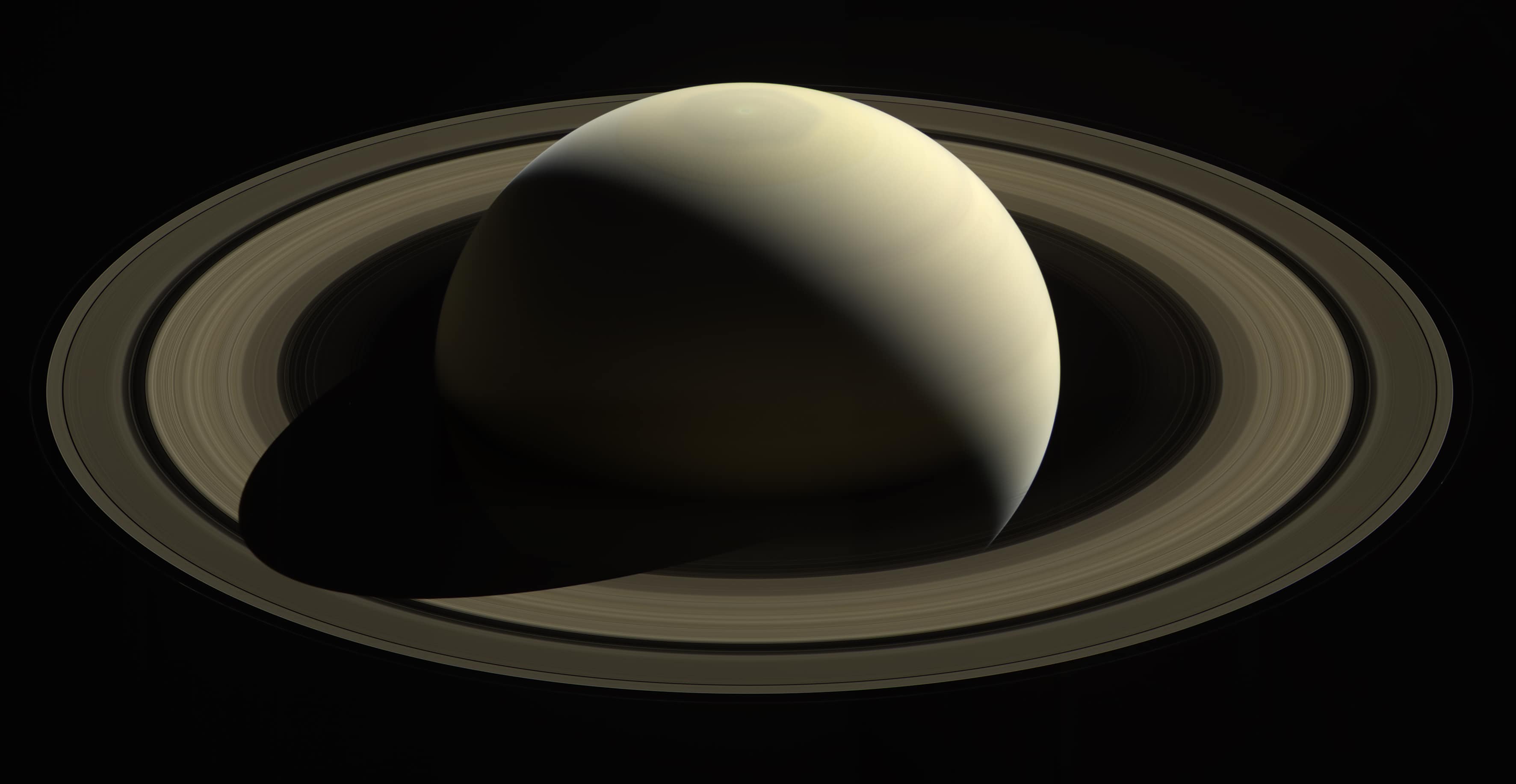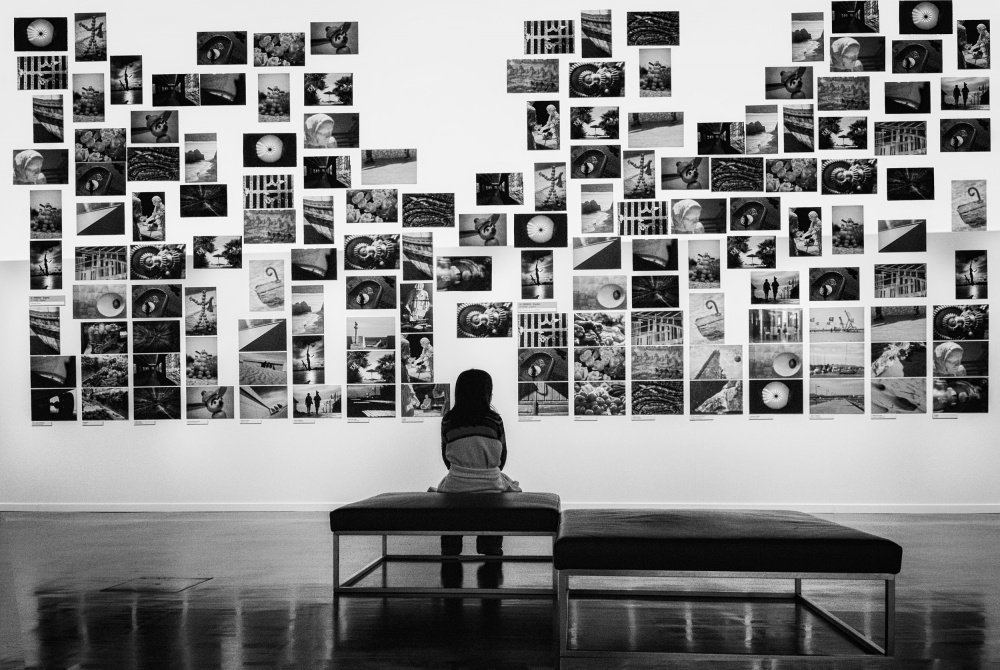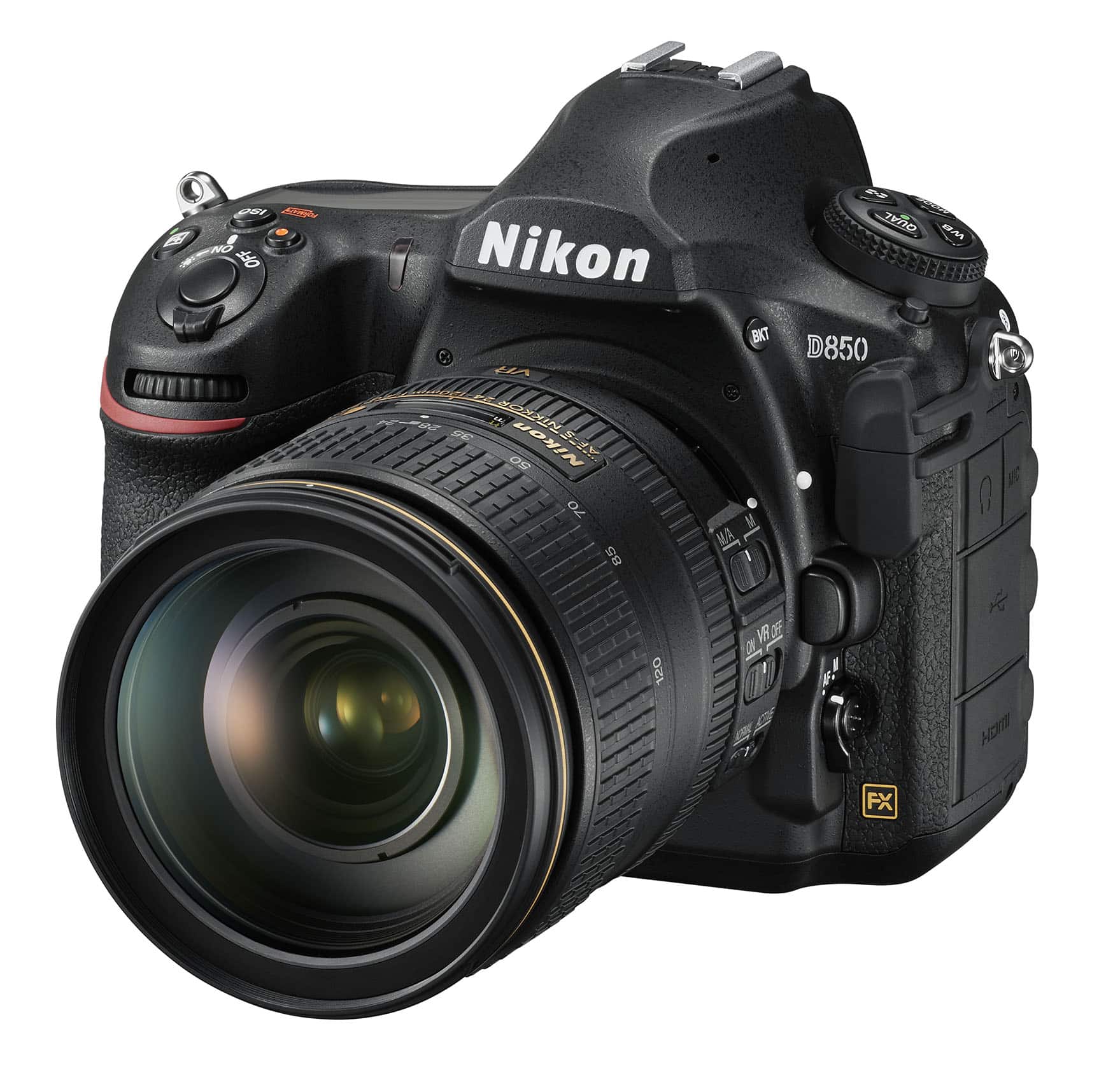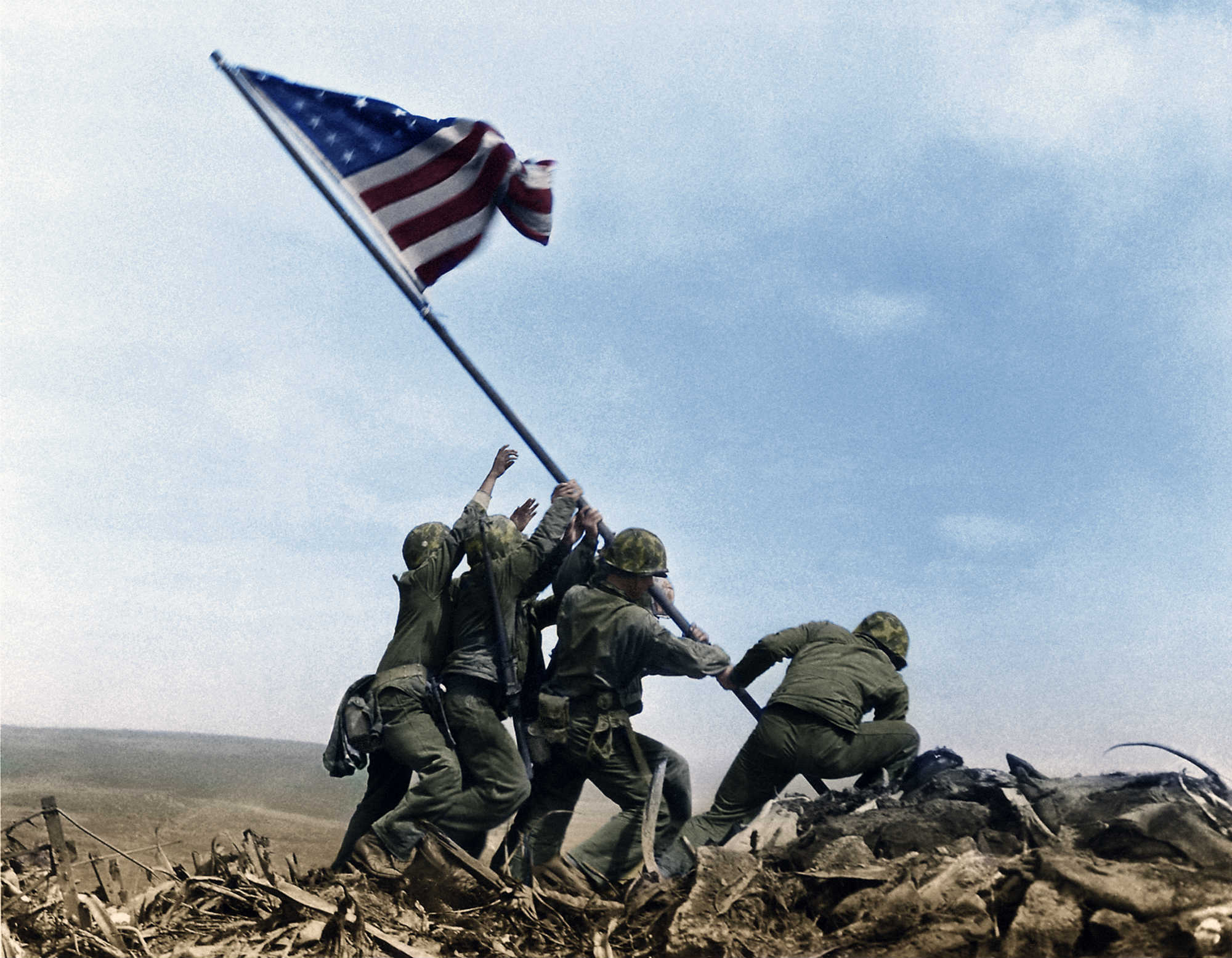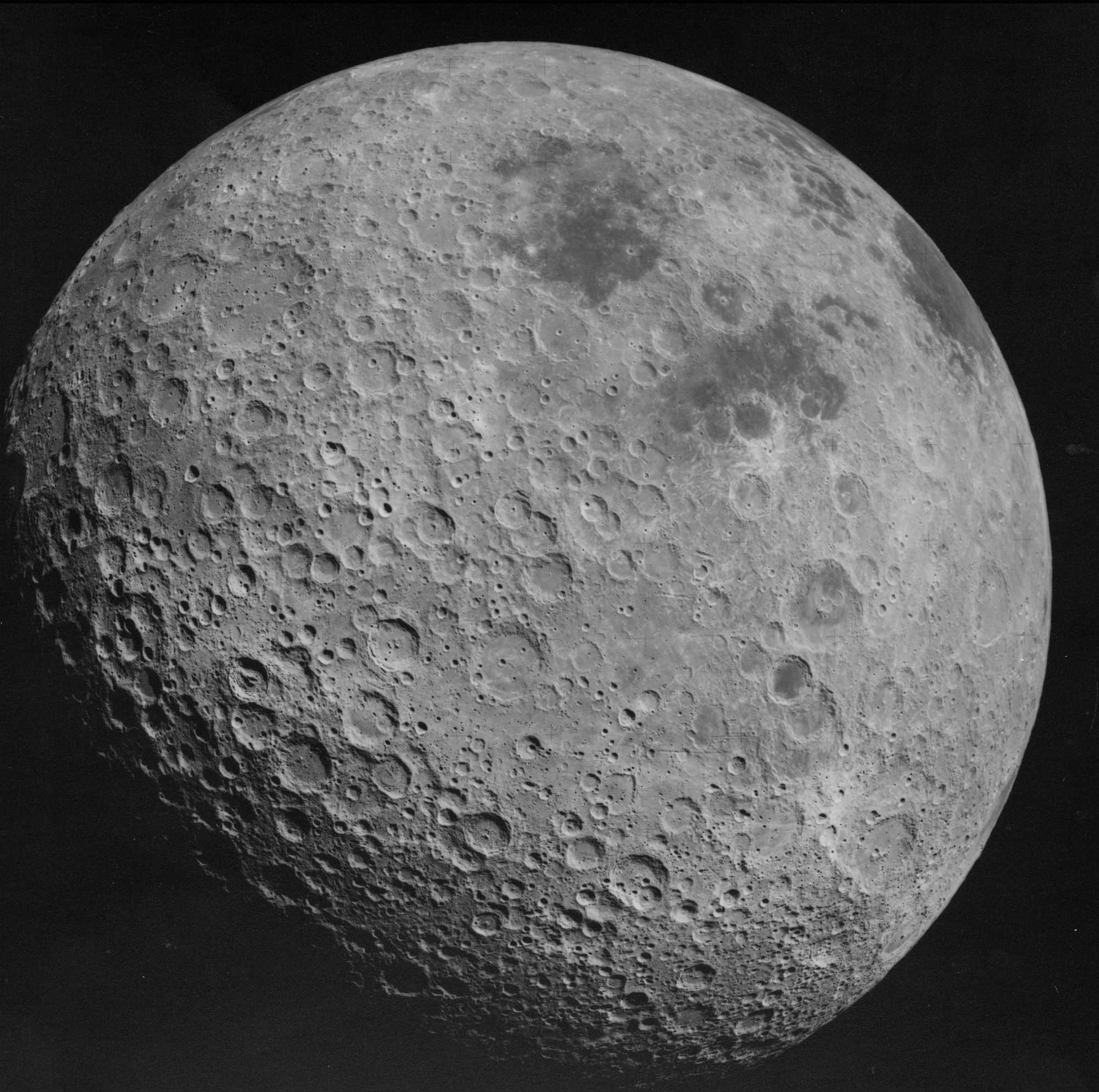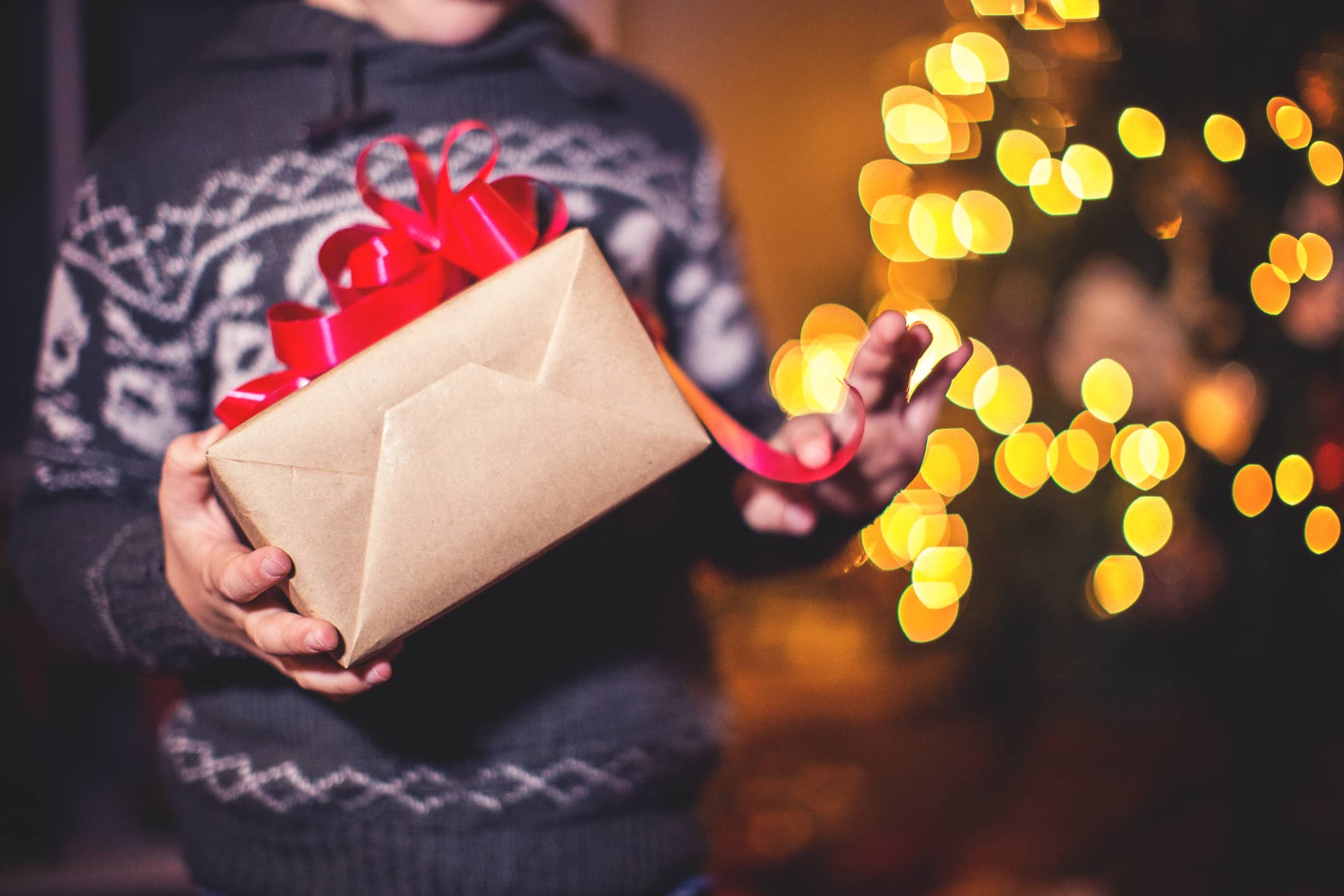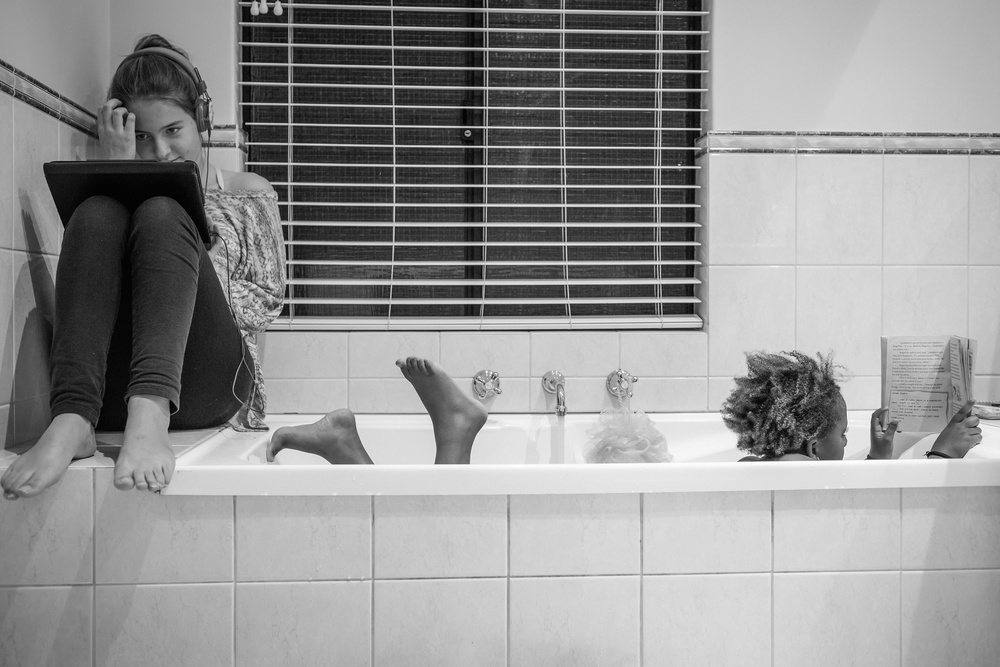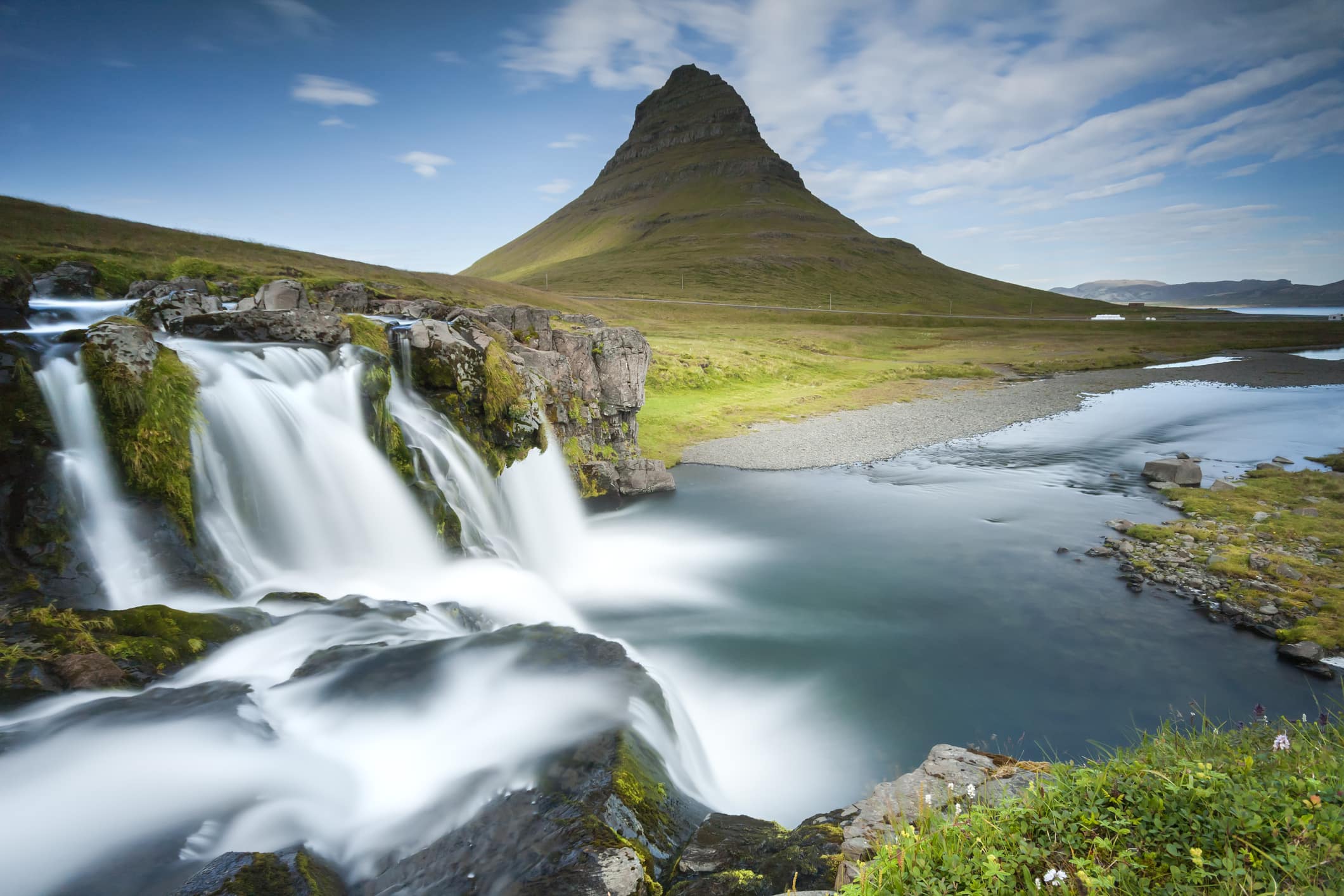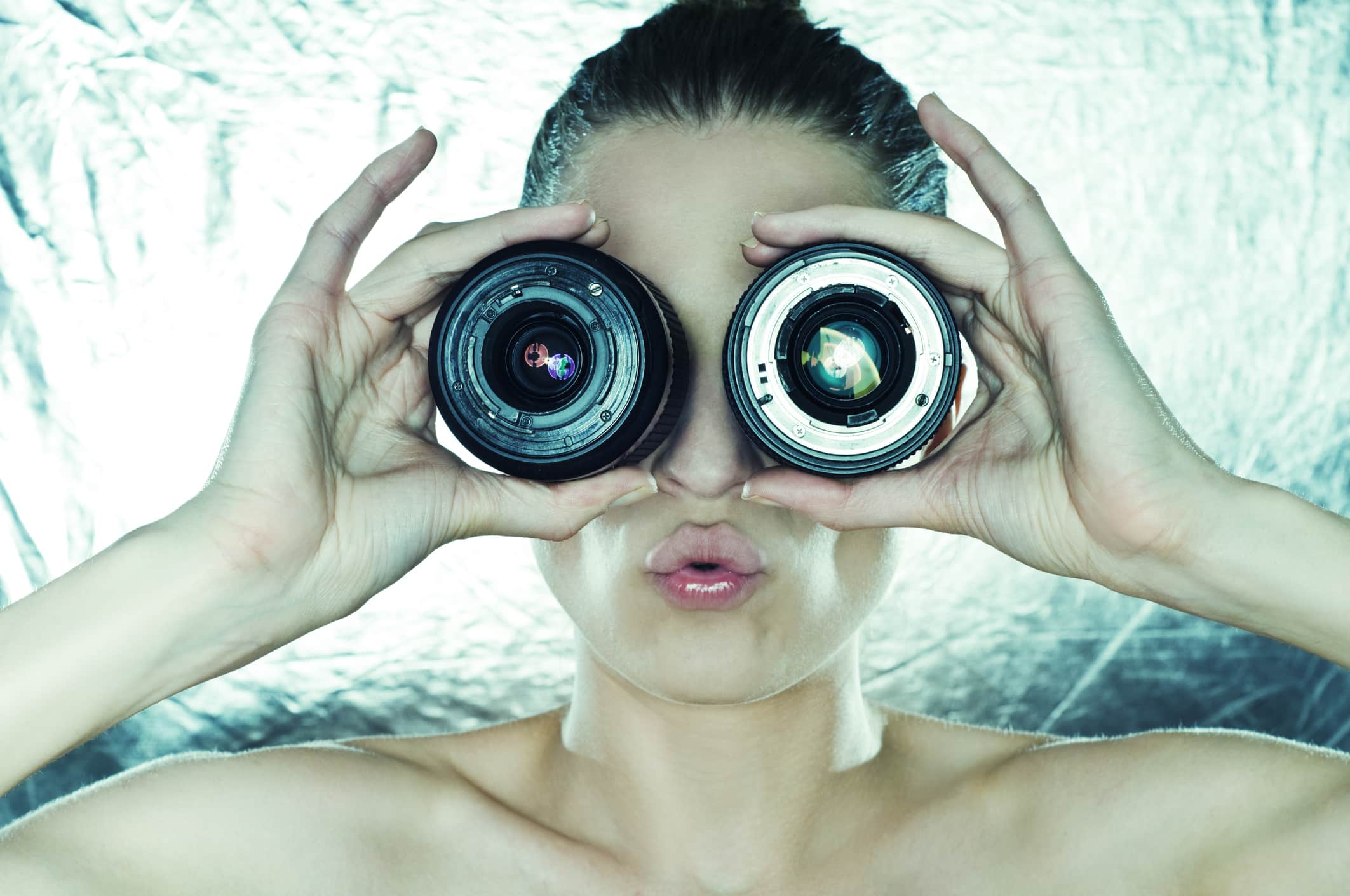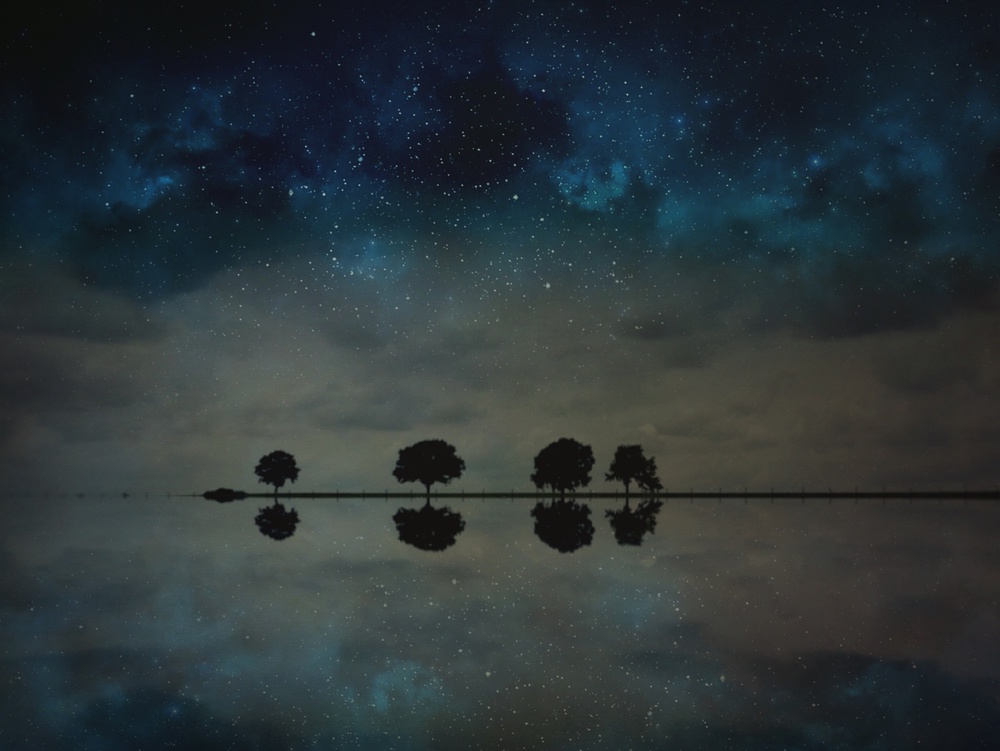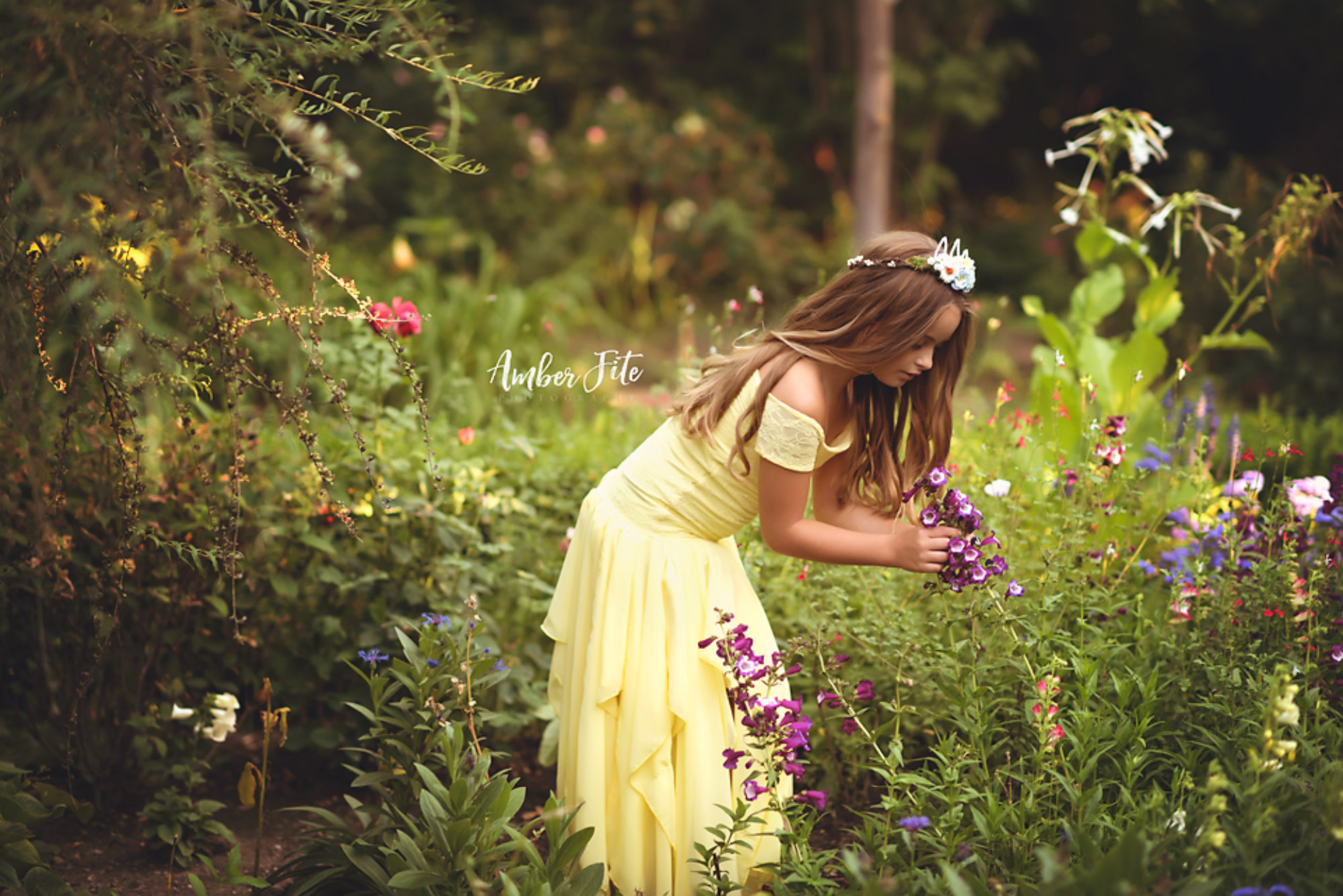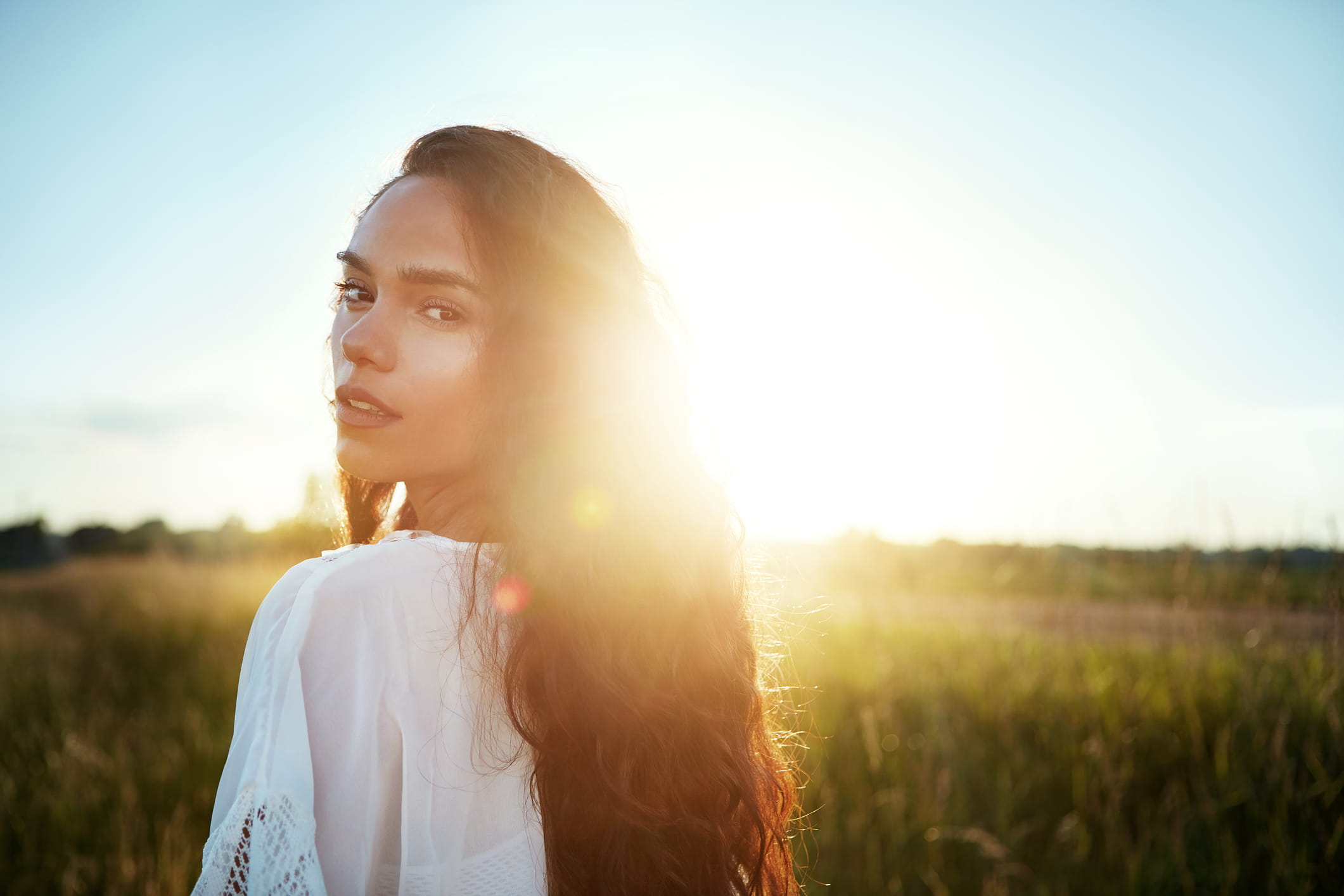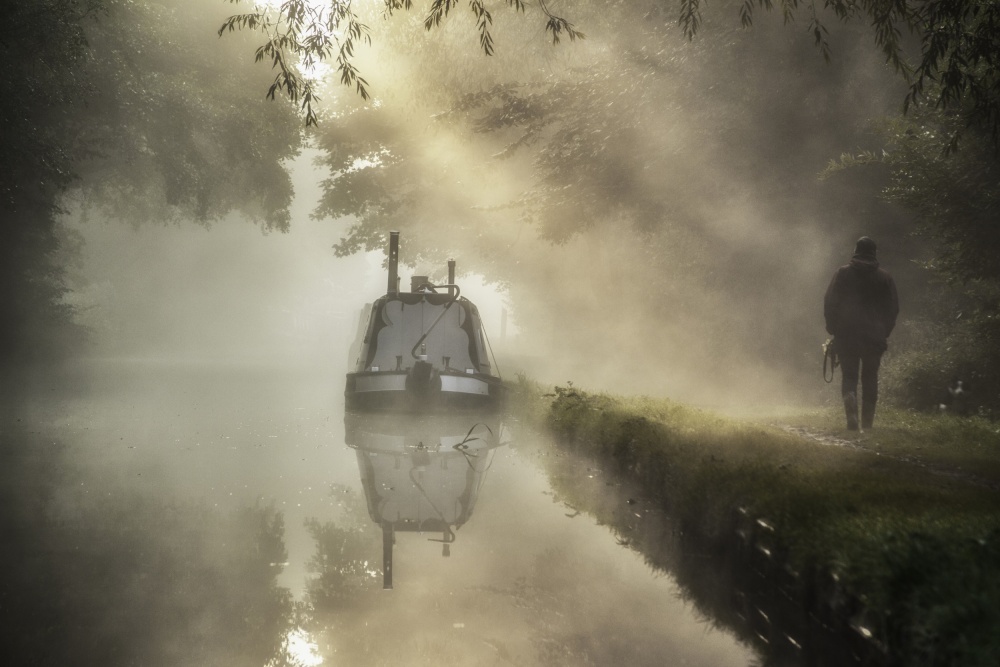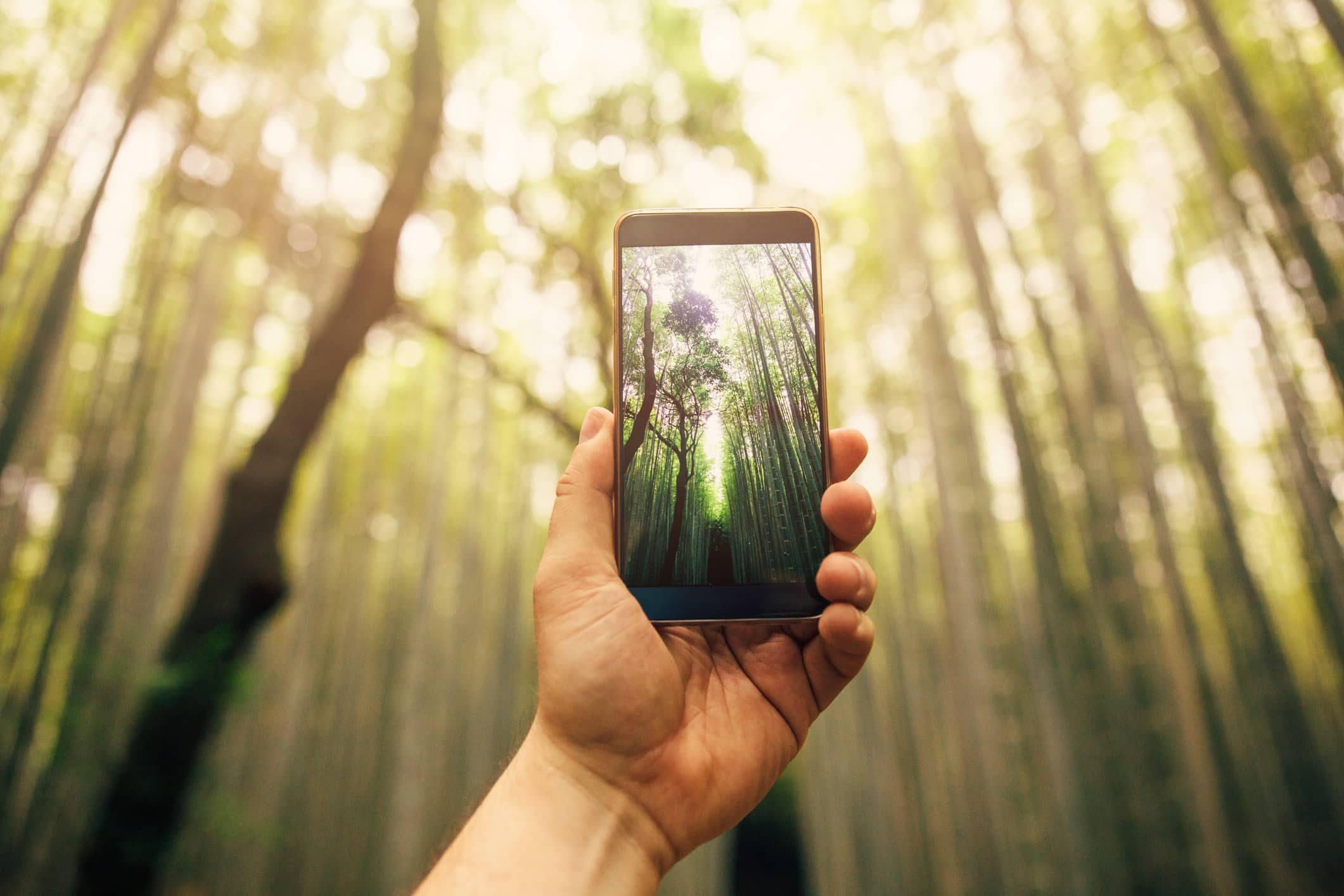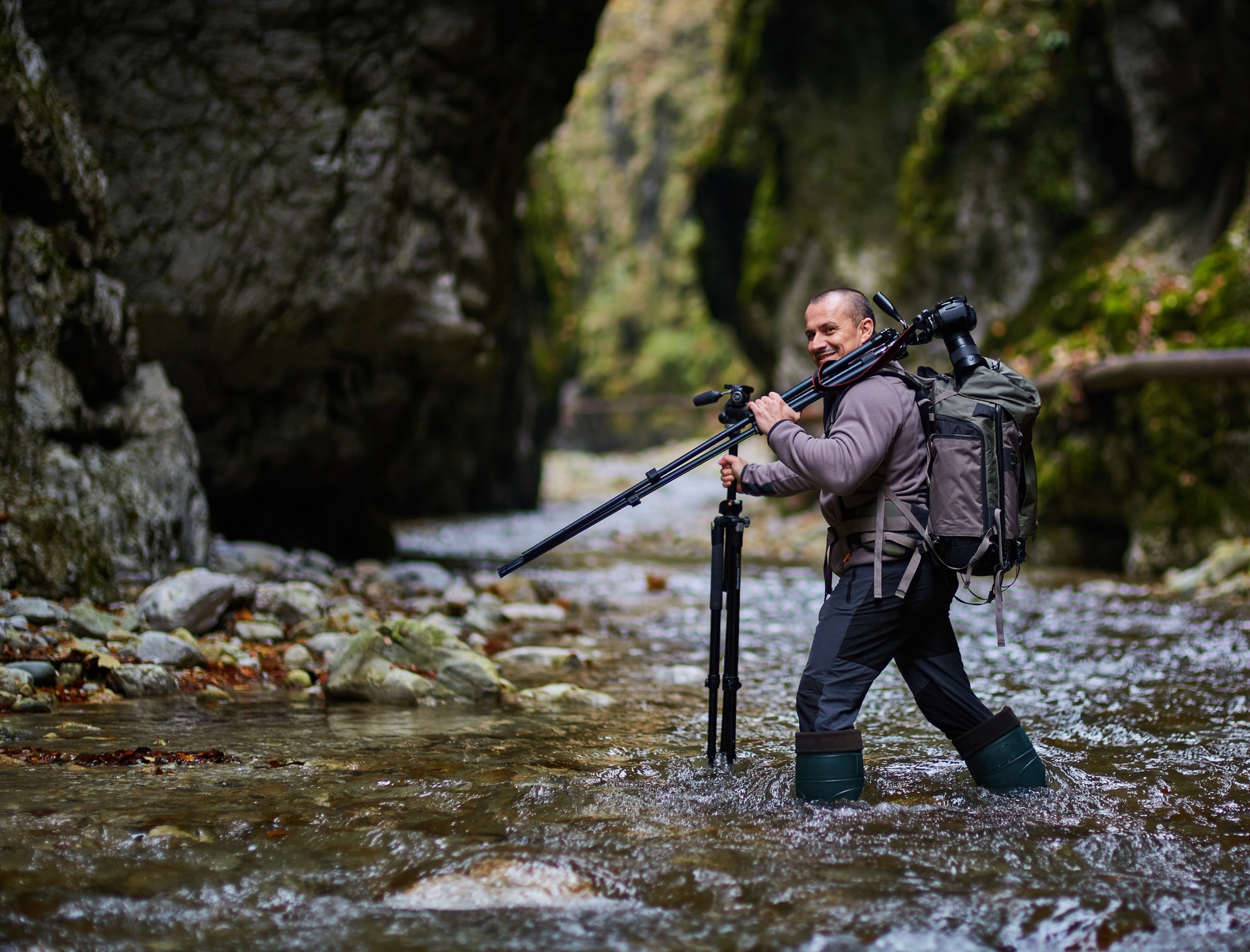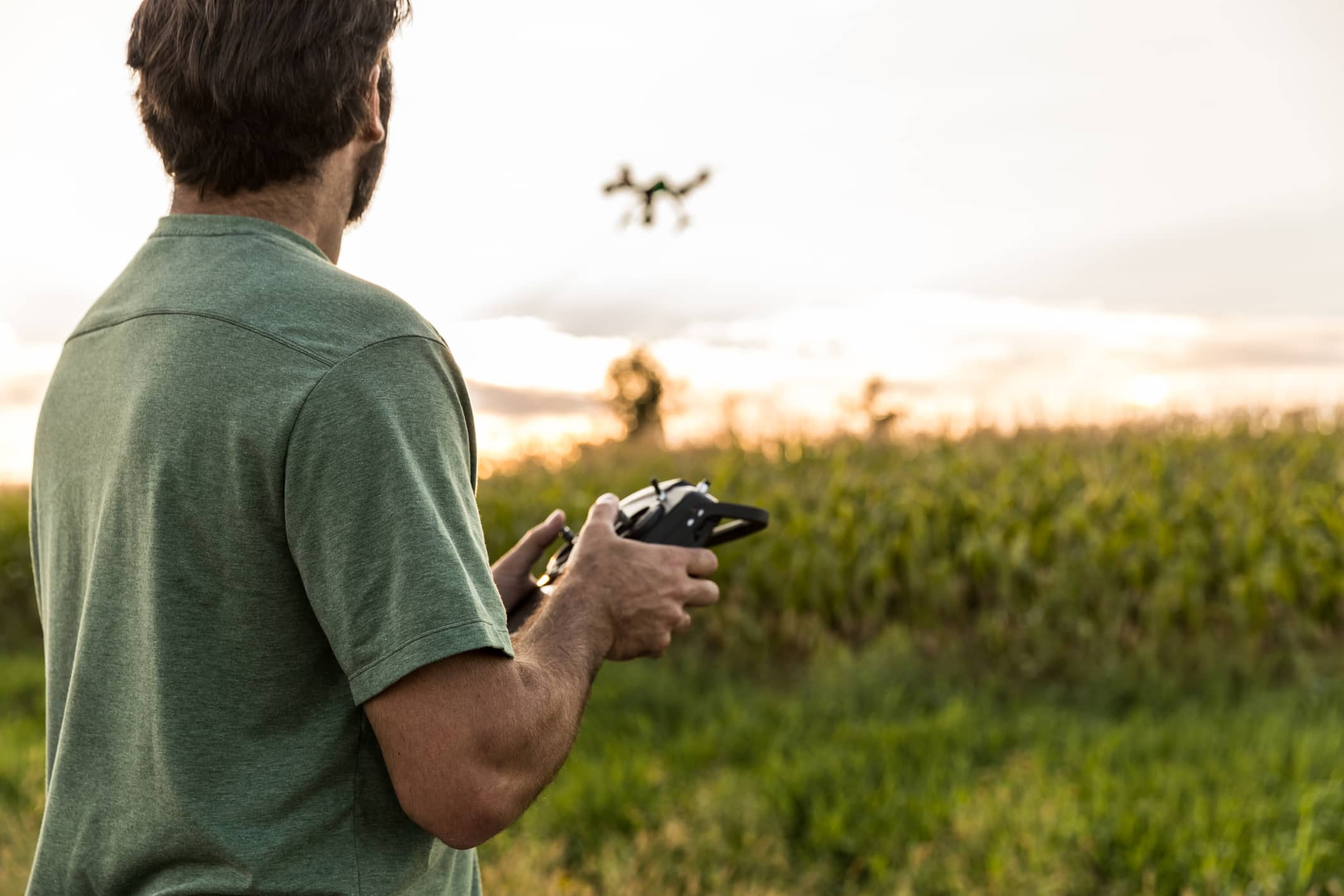Tips & Tricks
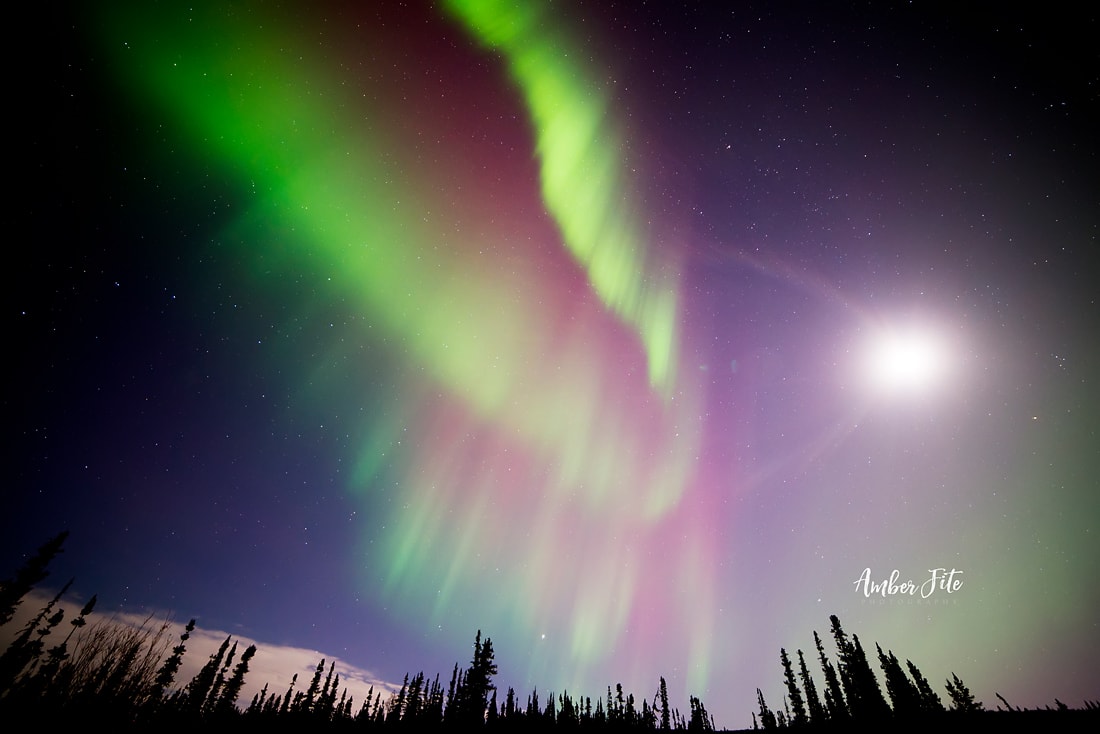
17 Mesmerizing Photos of the Northern Lights
Photography Talk
For my money, the Northern Lights is one of the best subjects a landscape photographer can capture with their camera.
Unfortunately for people like me that live in Southern California, the Northern Lights isn't something I get to see firsthand.
But for people up north, it's a regular show in the winter, and one that photographer Amber Fite has captured beautifully.
Here are seventeen of Amber's most breathtaking photos.
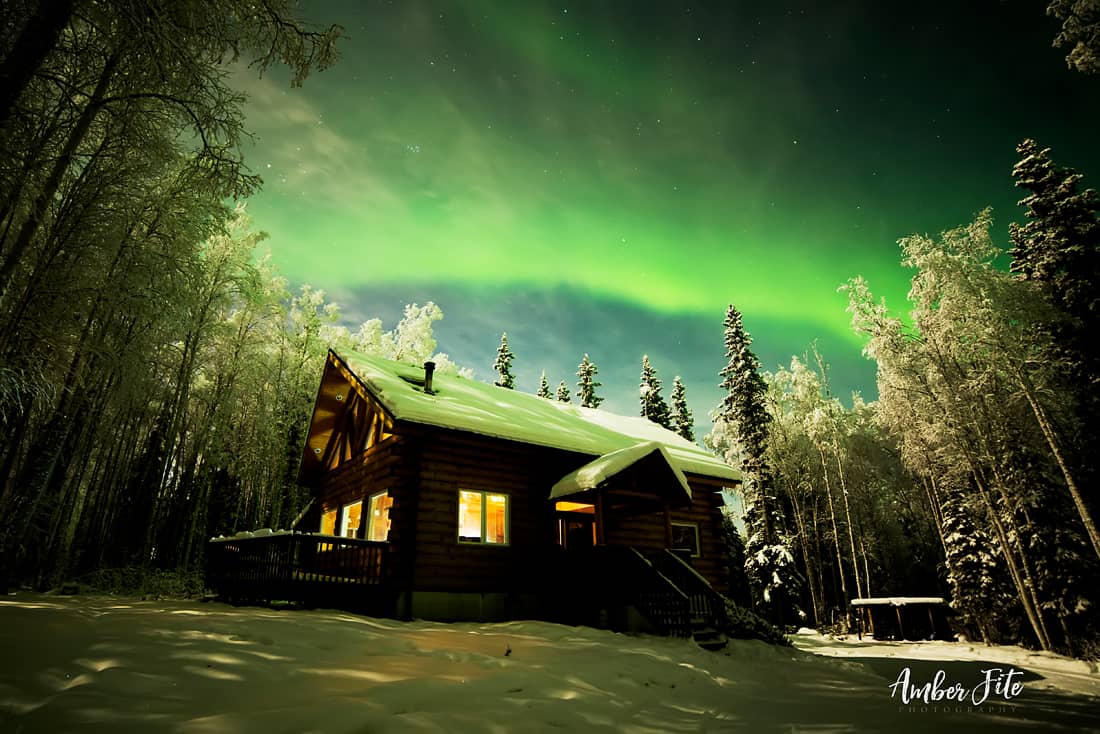
The gear setup for these shots is pretty simple. As Amber says, "For the Northern Light photos, I shoot with my D750, 14MM 2.8, and my tripod. No lens filters for the Northern Lights."
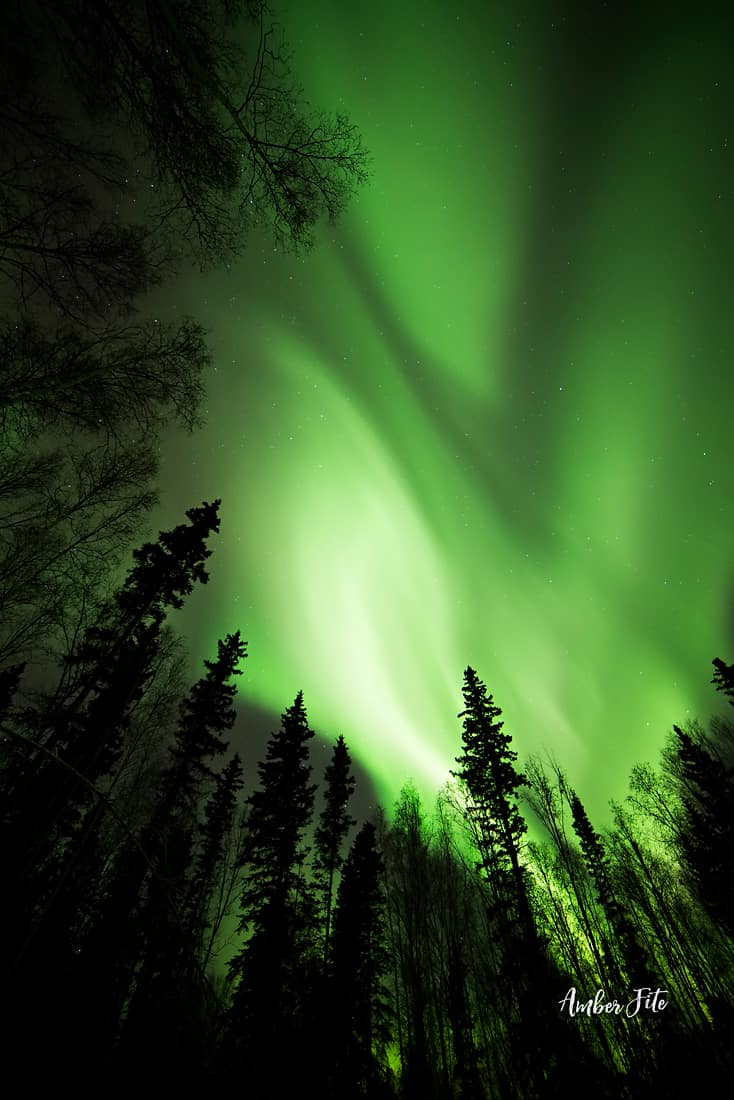
The average setting to capture the lights is an aperture of f/2.8, a shutter speed of 6-10 seconds, and an 800-1000 ISO. These settings are dependent upon strength of Geomagnetic solar flares, though.
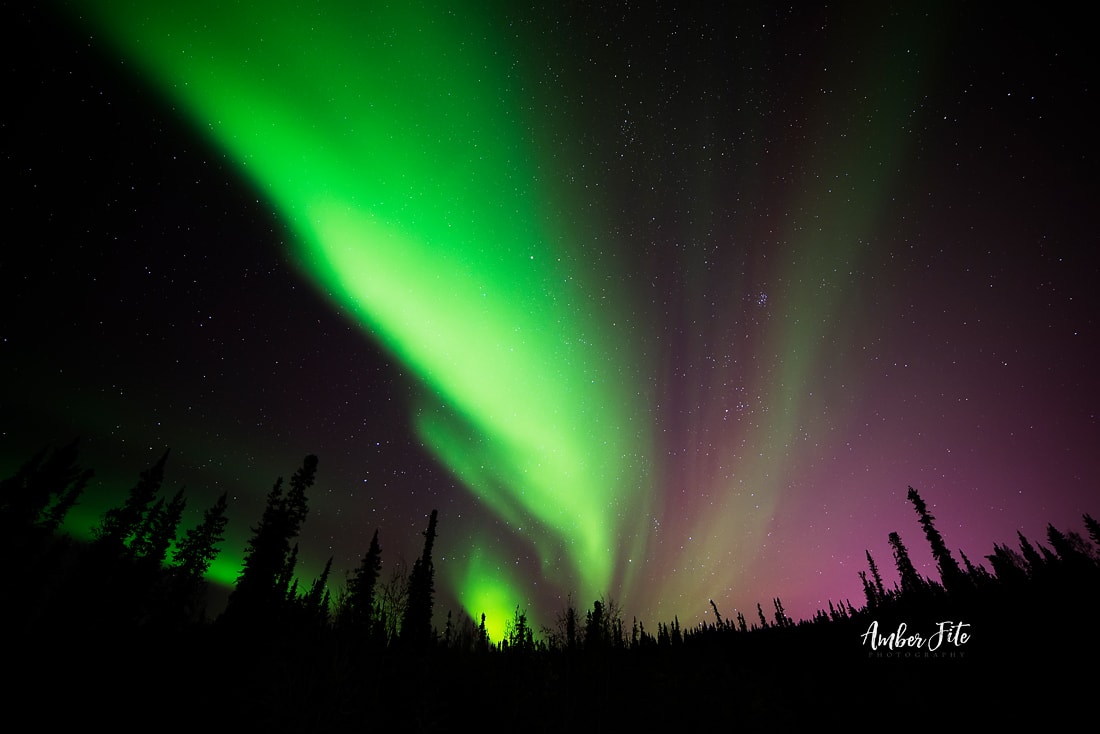
Amber spent the last three years shooting the Northern Lights in Fairbanks, Alaska, where the Aurora Borealis was active between late August and early April.
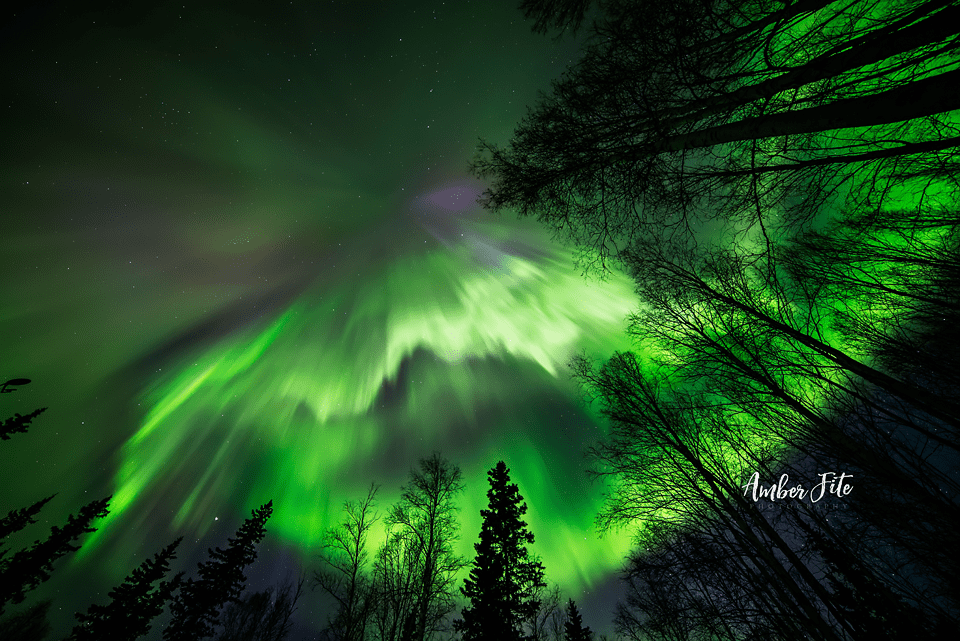
To capture the Northern Lights, Amber and her equipment had to brave the Alaska temperature extremes of up to -40 degrees Fahrenheit. Extra batteries were very important as the extreme cold quickly taps battery power.
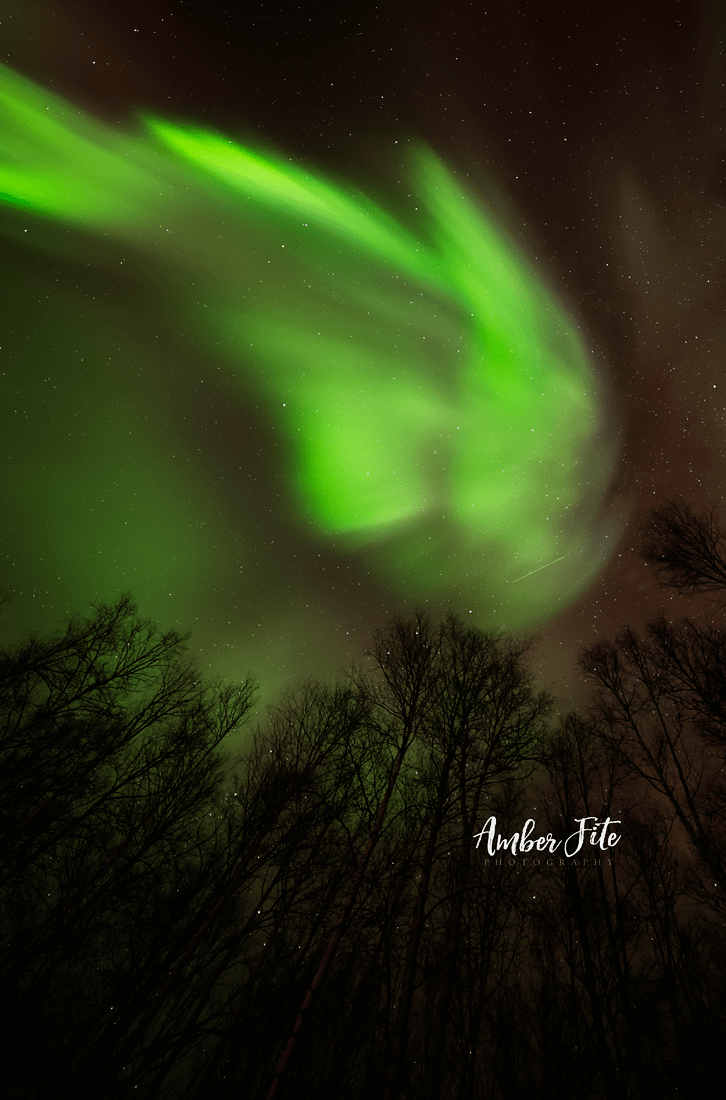
But as you can see, braving the cold was worth it. The reward is some truly spectacular images!
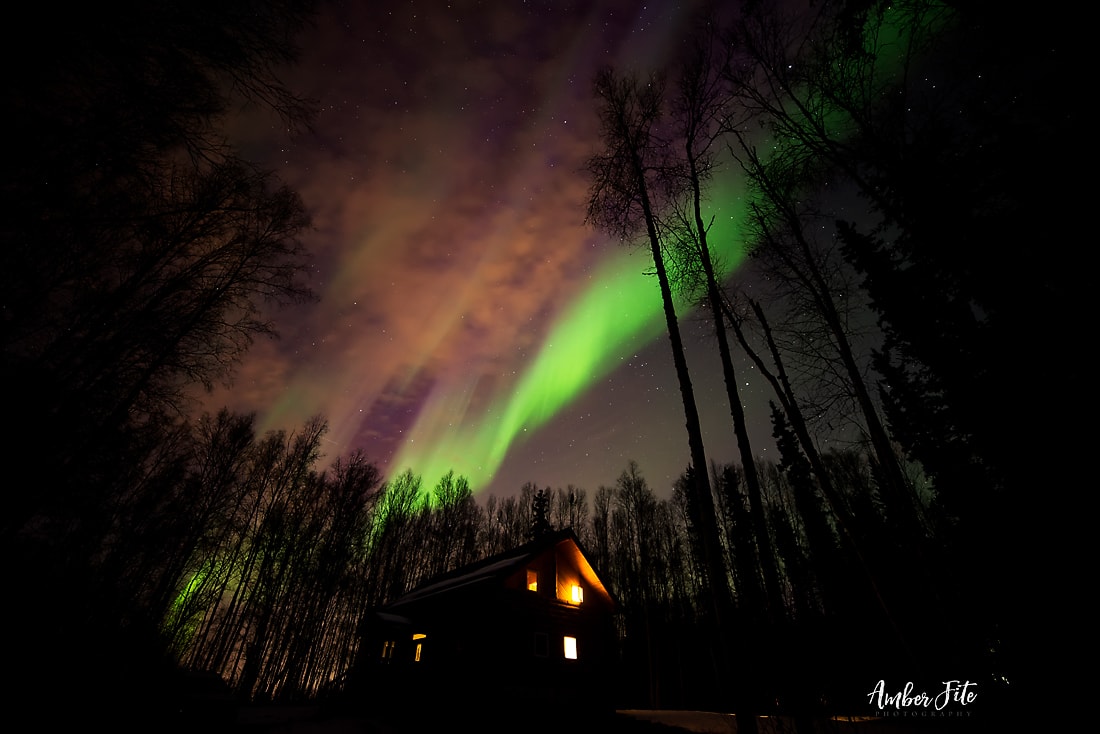
As Amber told me, "I would chase the lights on dark, snowy roads as well as walk right out of my front door and set up shop as the lights came right over my cabin."
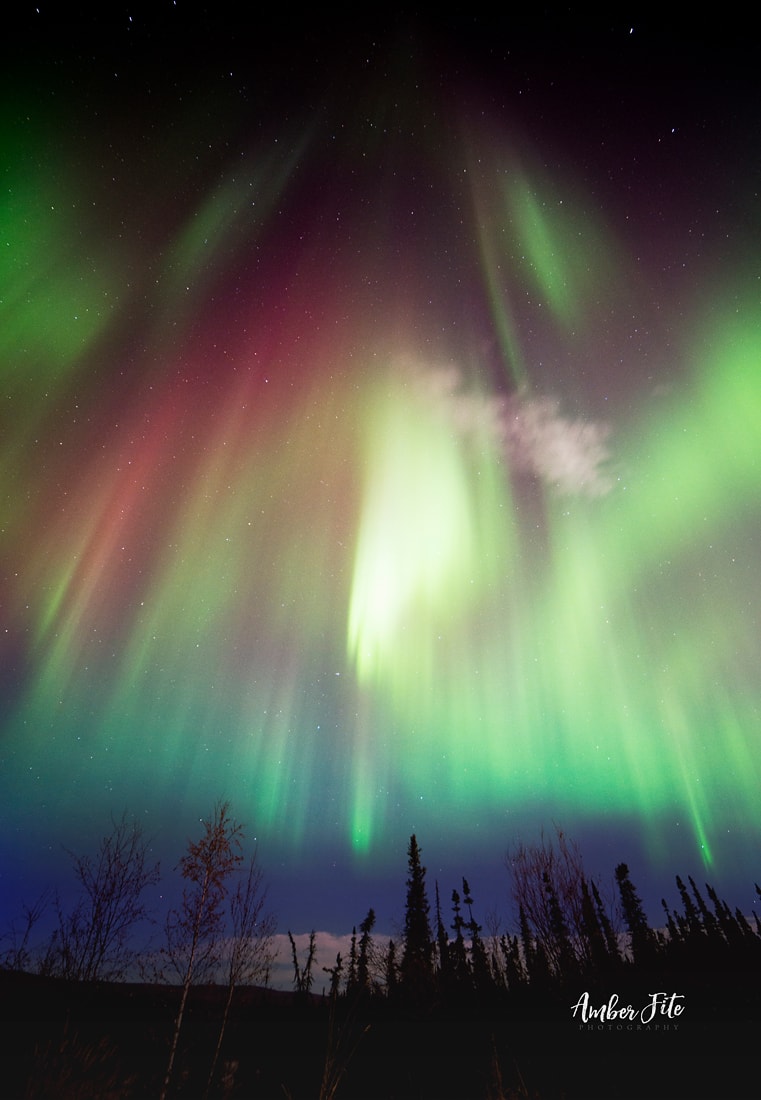
Studying the scientific data was also important for Amber to get these incredible shots. Learning the patterns, the vocabulary, and the data readings from organizations such as NOAA Space Weather Prediction Center was imperative for her to be out and ready on nights where the Aurora was active.
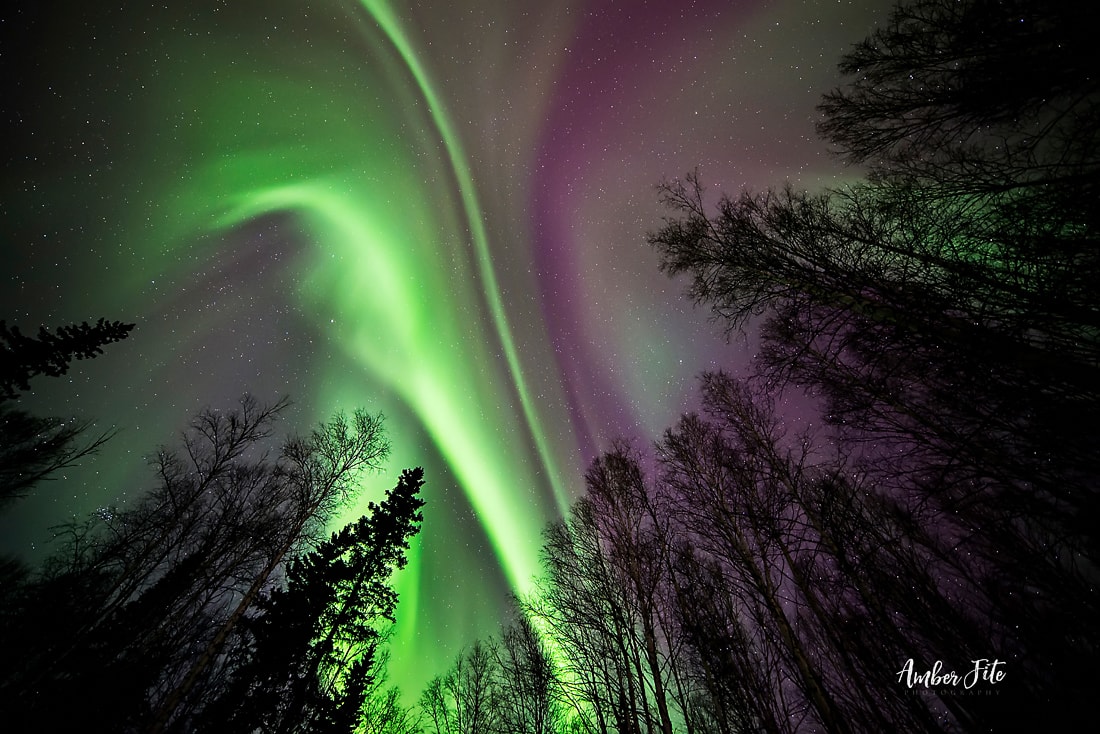
Also of importance for Amber was knowing the data and how strong the lights might be. KP levels (which indicate the strength of the Aurora) also played a role in what settings she used for the images.
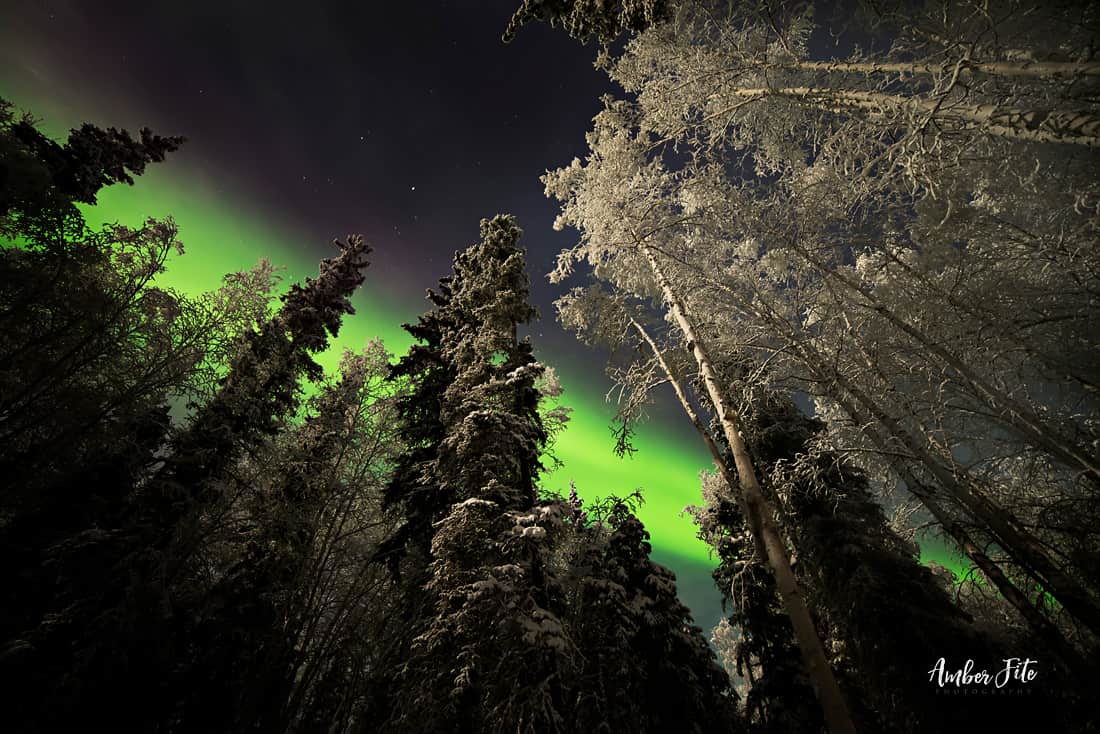
In order to capture the best images possible of the Northern Lights, Amber advised that you "really need to master Manual settings and be prepared to change your settings quickly without hesitation so you do not miss anything."
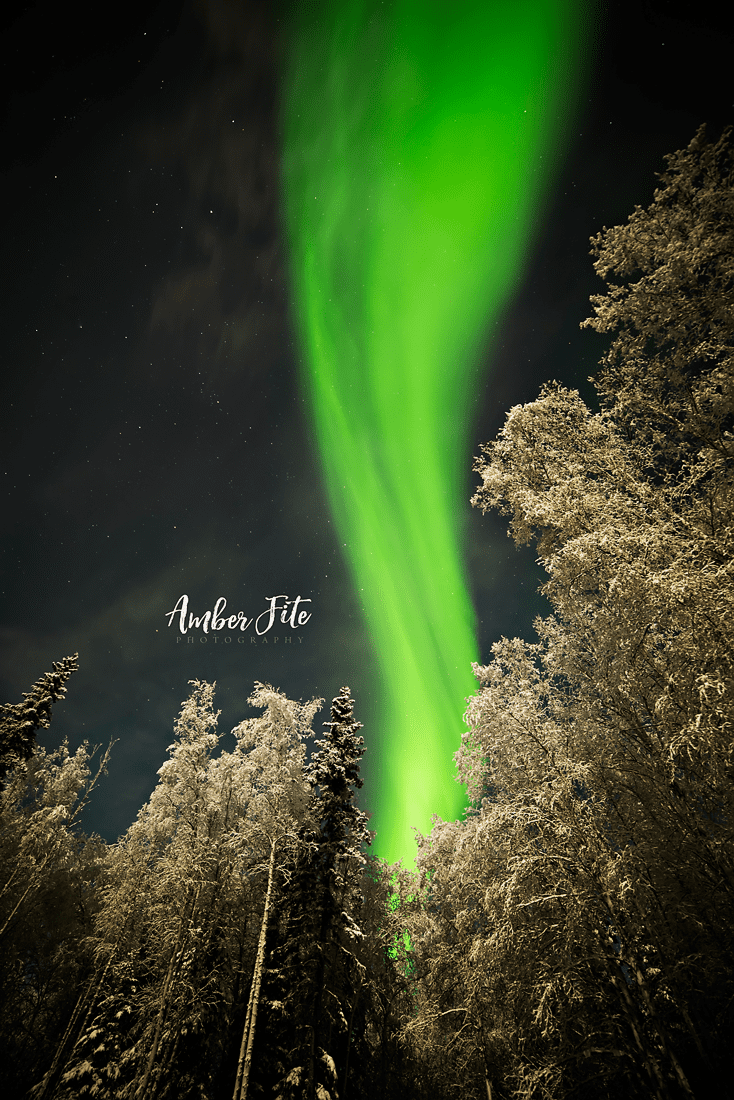
She went on to say that, "One minute you are standing there looking at a beautiful green strip of light across the sky and within seconds, it can explode into something magnificent."
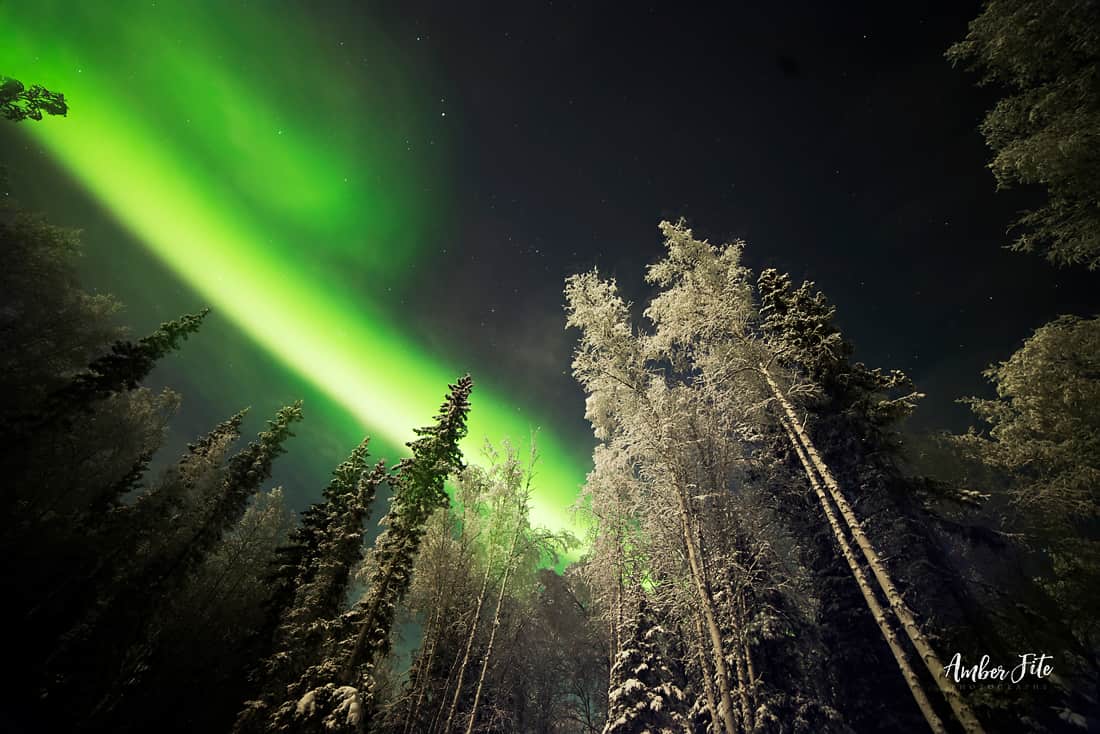
If you ask me, this photo falls into the magnificent category!
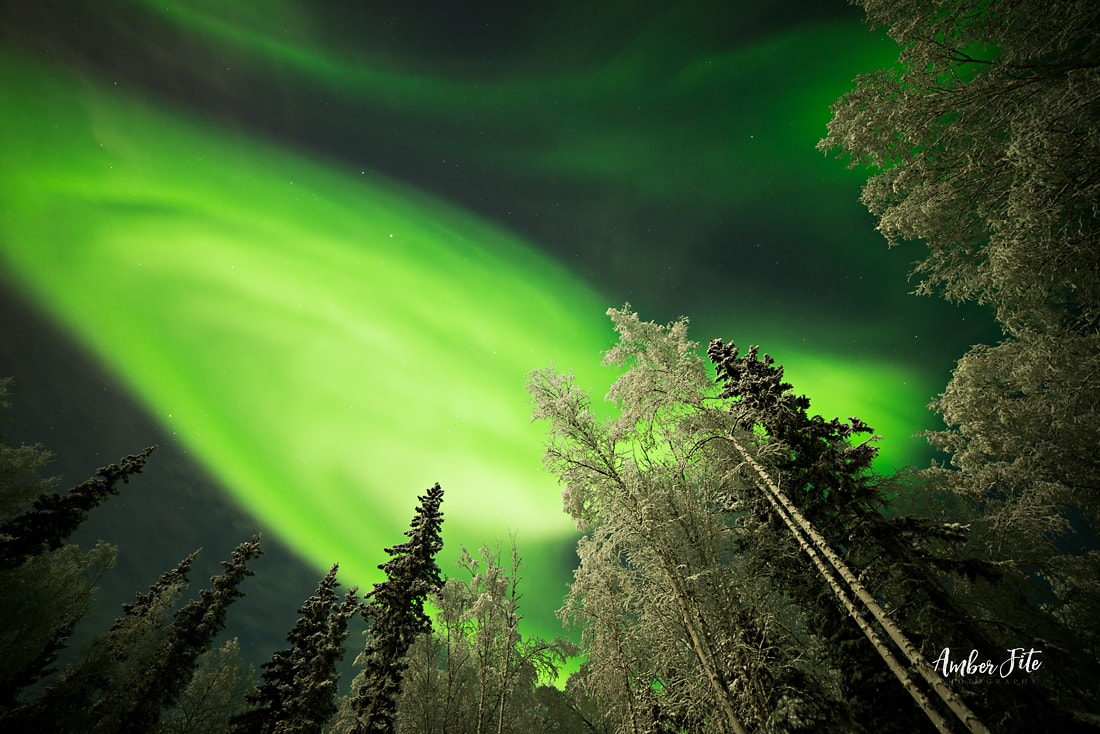
In some of these images, you can see how textured the lights are. That's a result of a strong storm that makes the lights "dance" and explode in the sky.
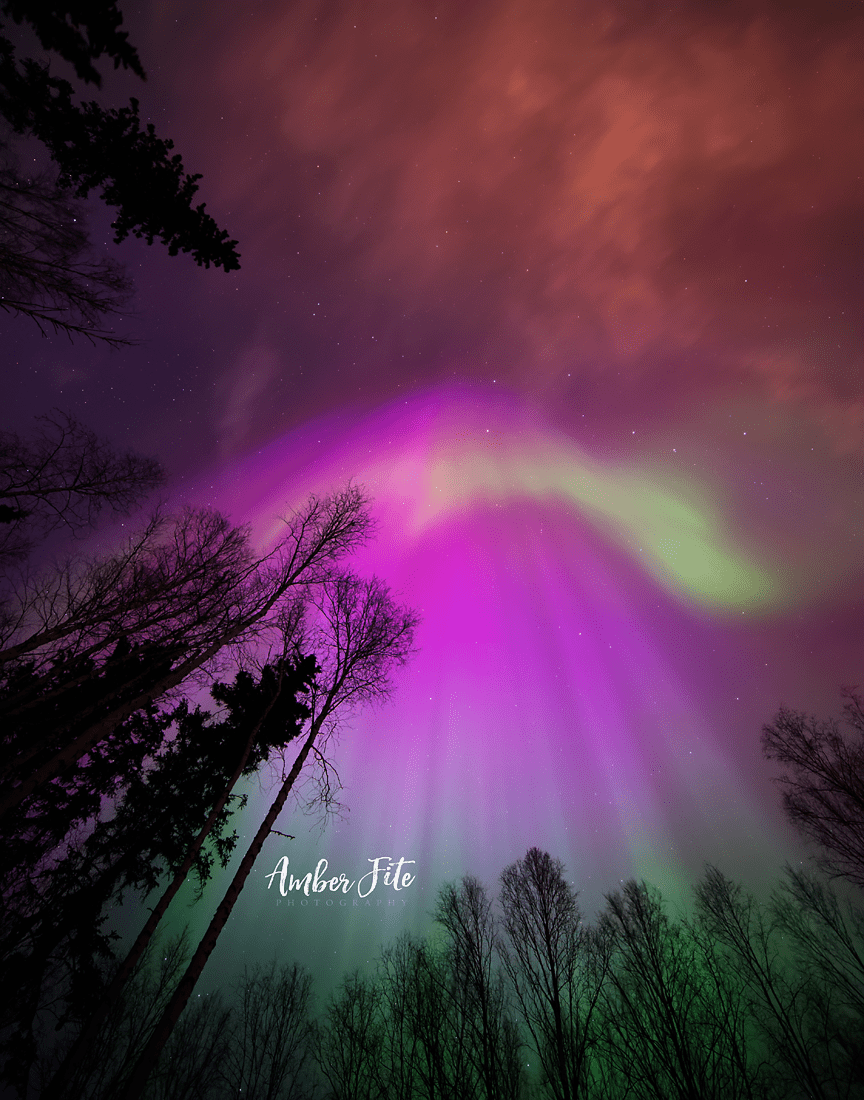
Even though it's a still image, you can get a sense for the movement that Amber watched as she took these photos.
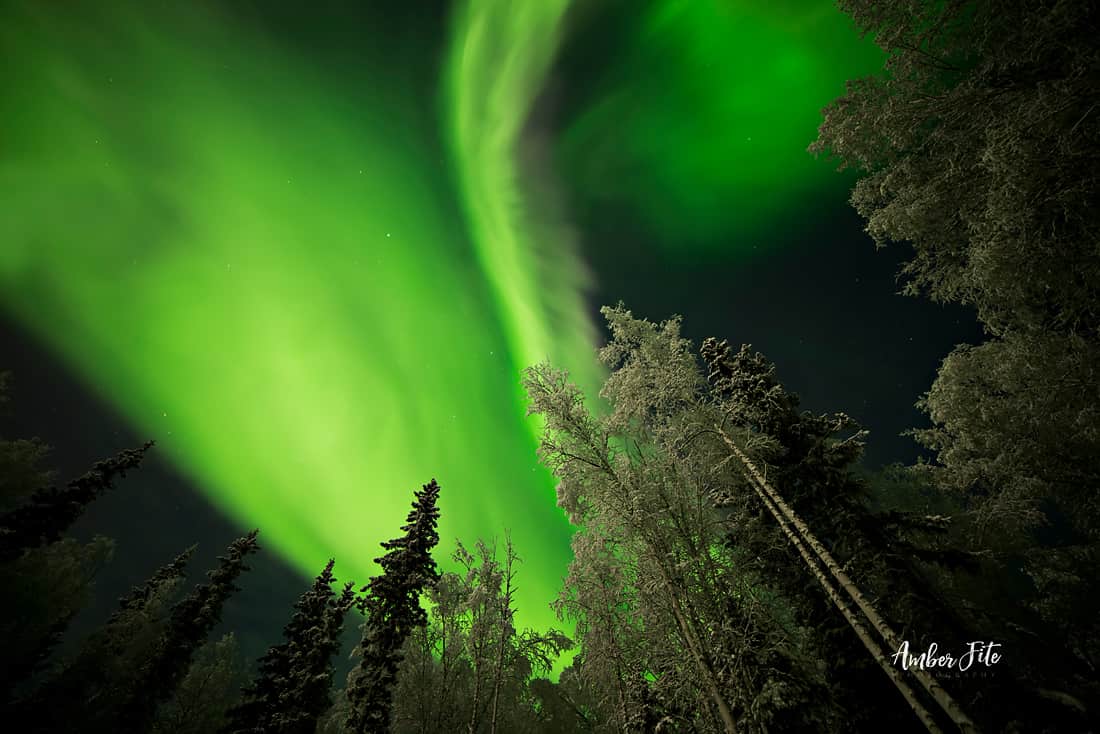
In many of these shots, you can see how Amber included trees or buildings in the foreground. That helps us understand the sheer size and scale of the Aurora.
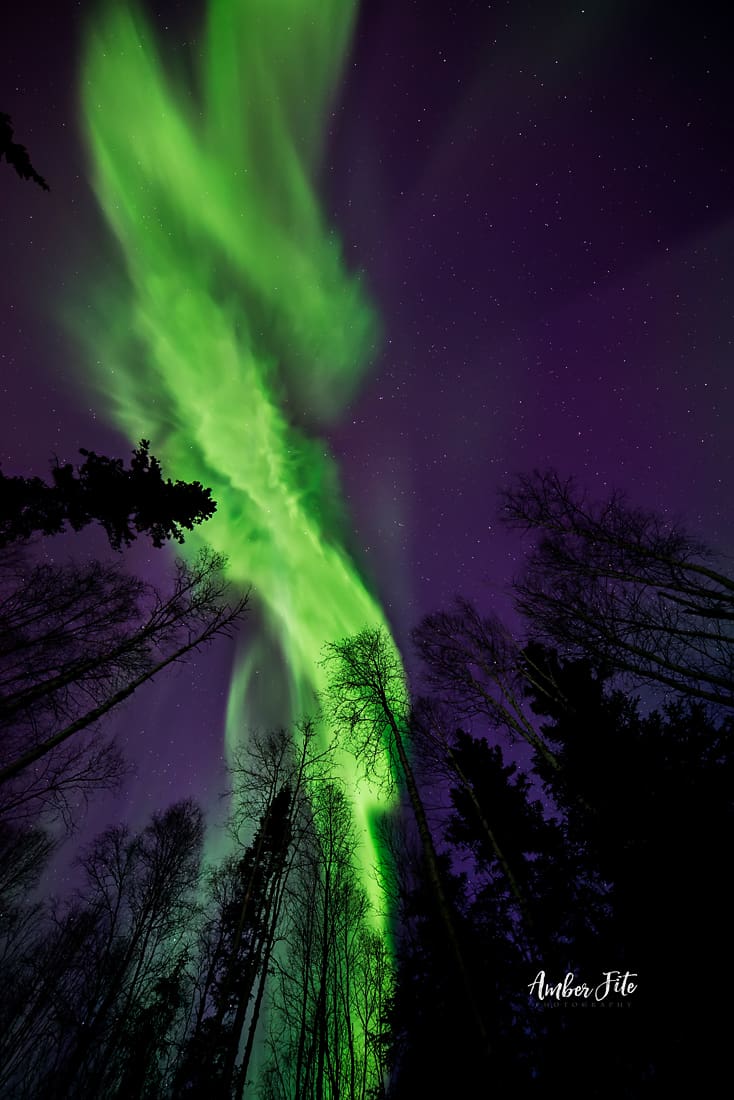
The texture in this image is just out of this world!
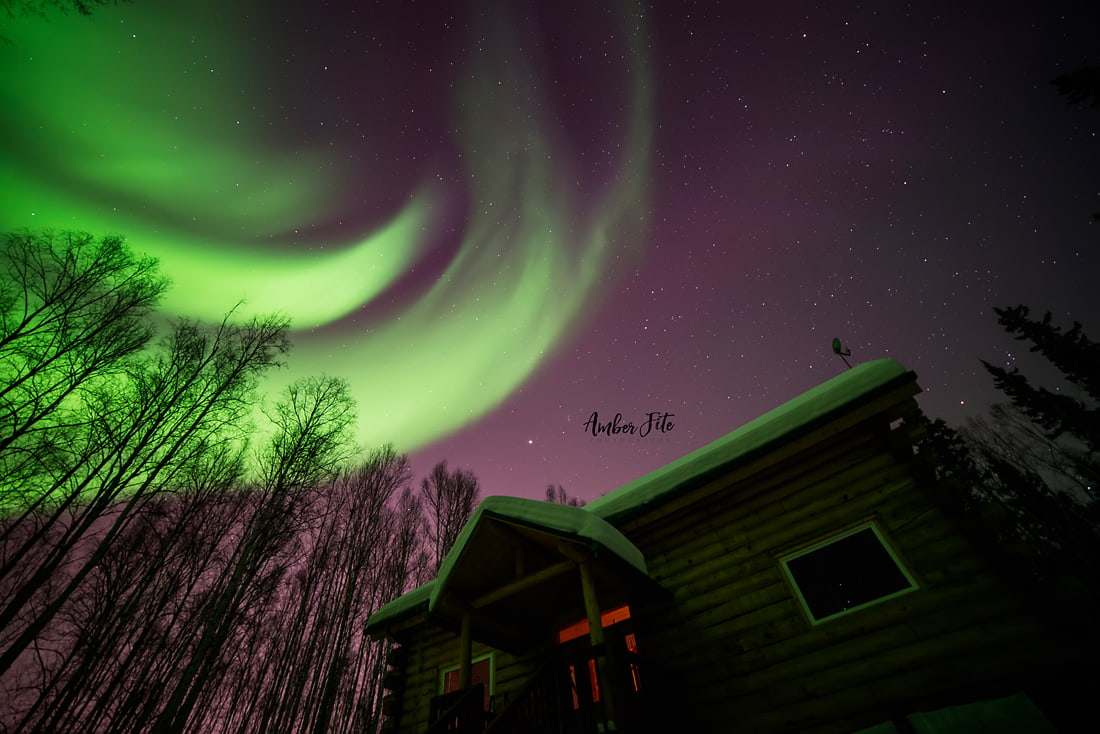
Believe it or not, Amber's post-processing workflow is minimal. It comes down to sharpening, slight contrast boost, and if needed, noise reduction.
If you ask me, she's found the ideal way to photograph the Northern Lights!
About Amber
Amber Fite is fine art nature, destination, and portrait photographer based out of DuPont, Washington. She's a Certified Professional Photographer (CPP) with the Professional Photographers of America, a US Army veteran, and an Army spouse.
Amber primarily shoots with a Nikon D750. Her kit includes a Nikon 24-70 f/2.8, a Nikon 85mm f/1.4G, a Nikon 50mm f/1.4G, a Rokinon 14mm f/2.8, and a Lensbaby Twist 60.
Have a look at the full gallery of Amber's Aurora Borealis photos. Also stop by her PhotographyTalk profile to see more of her work.

